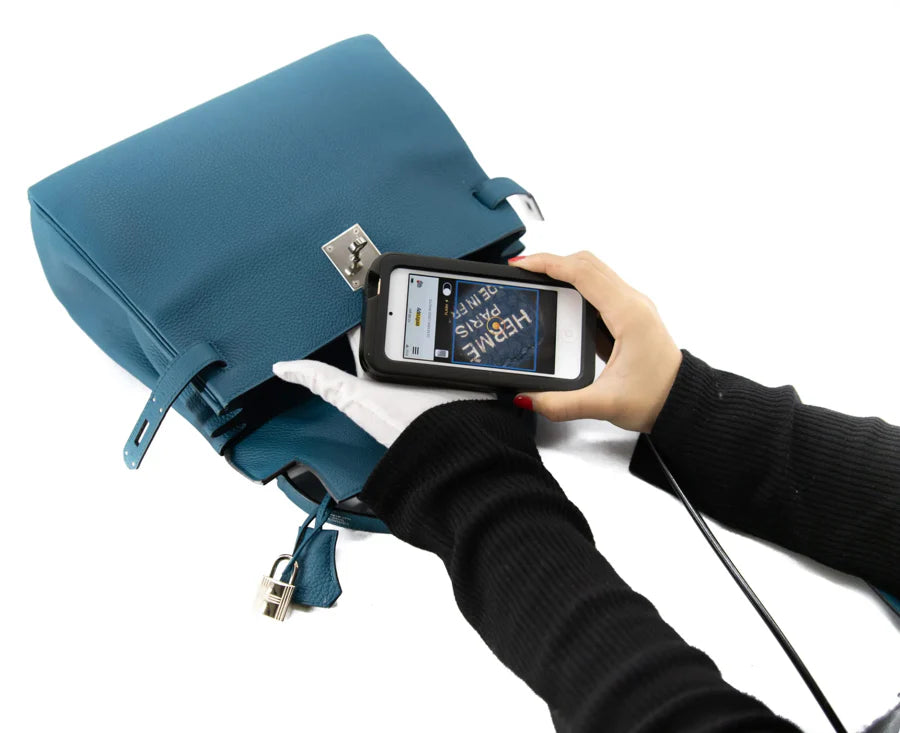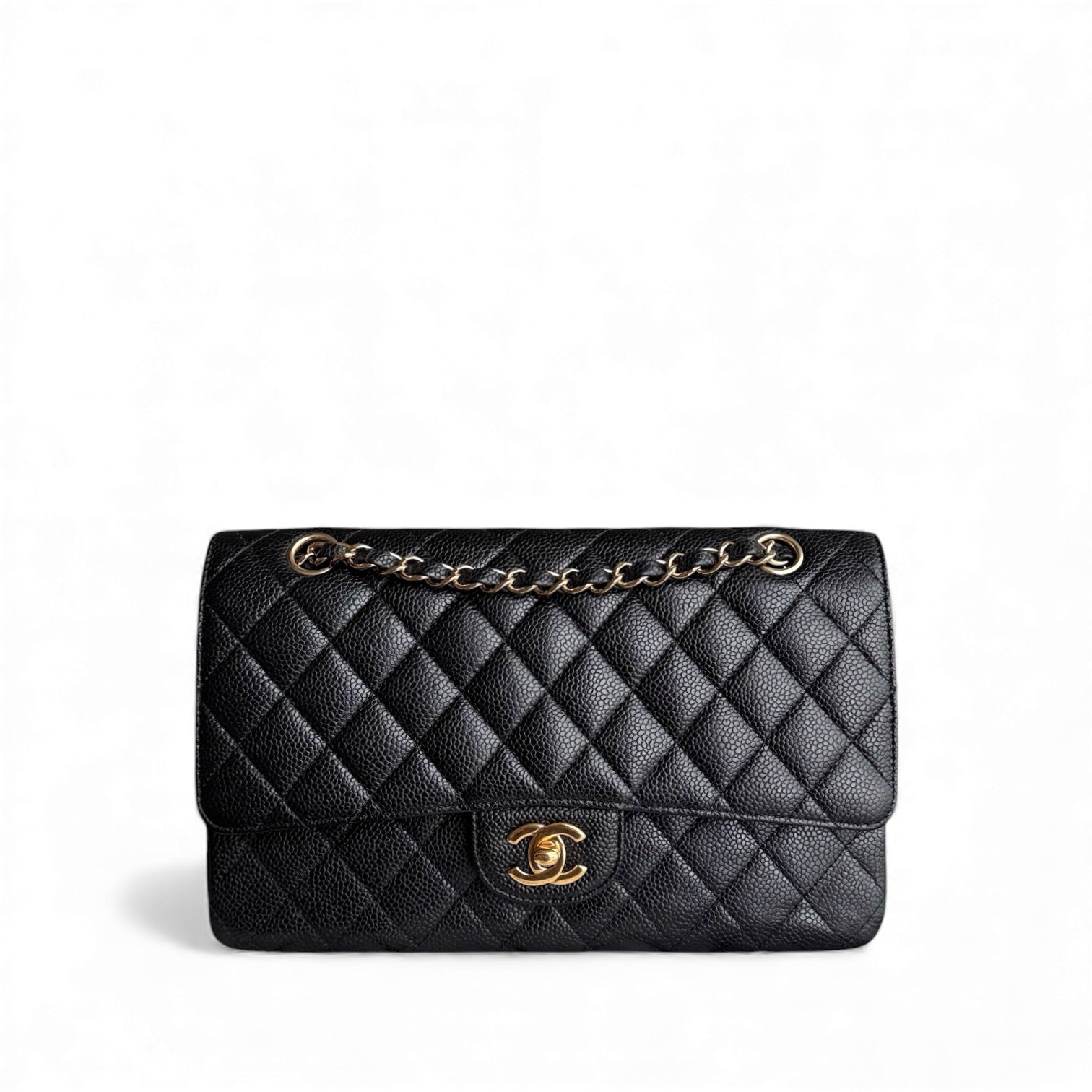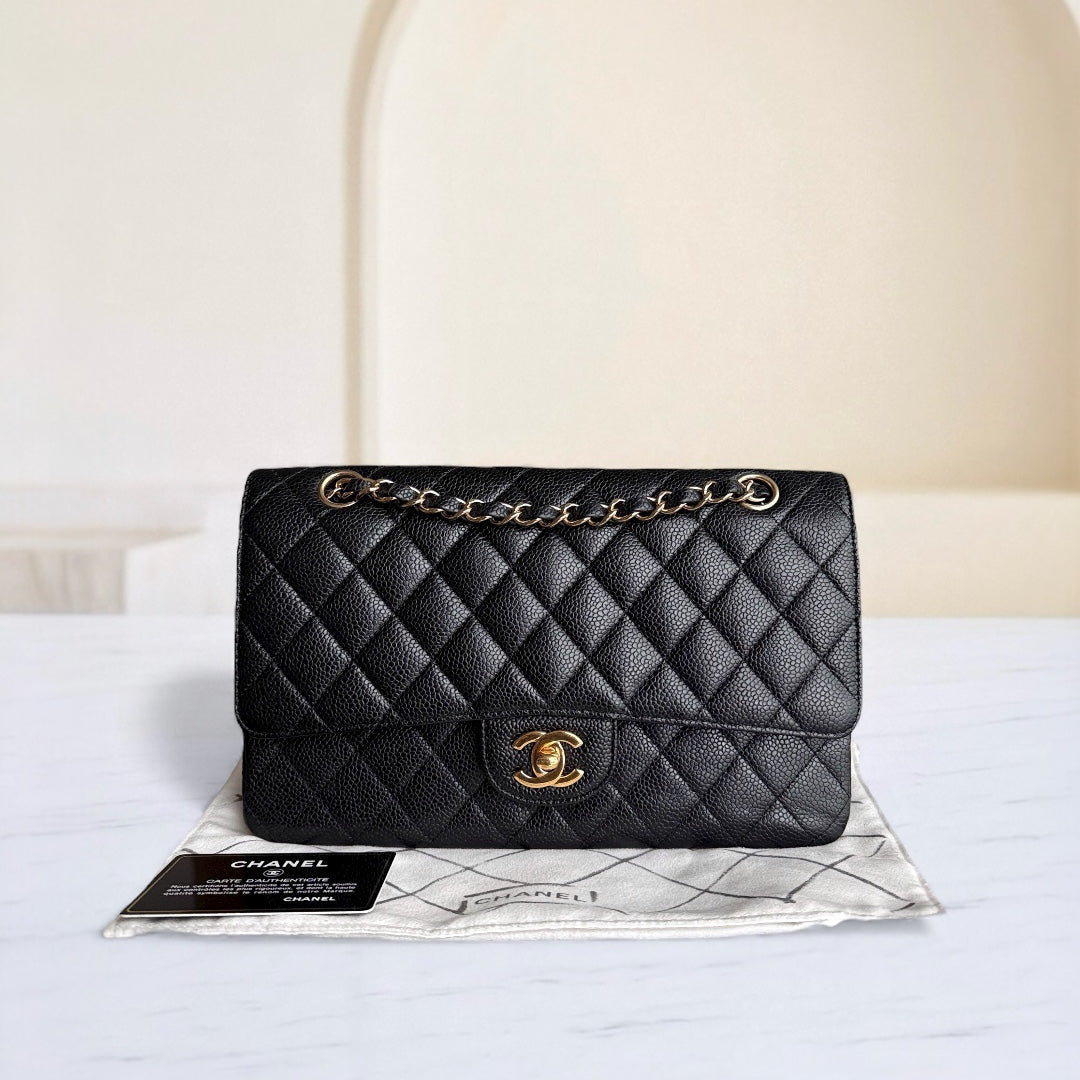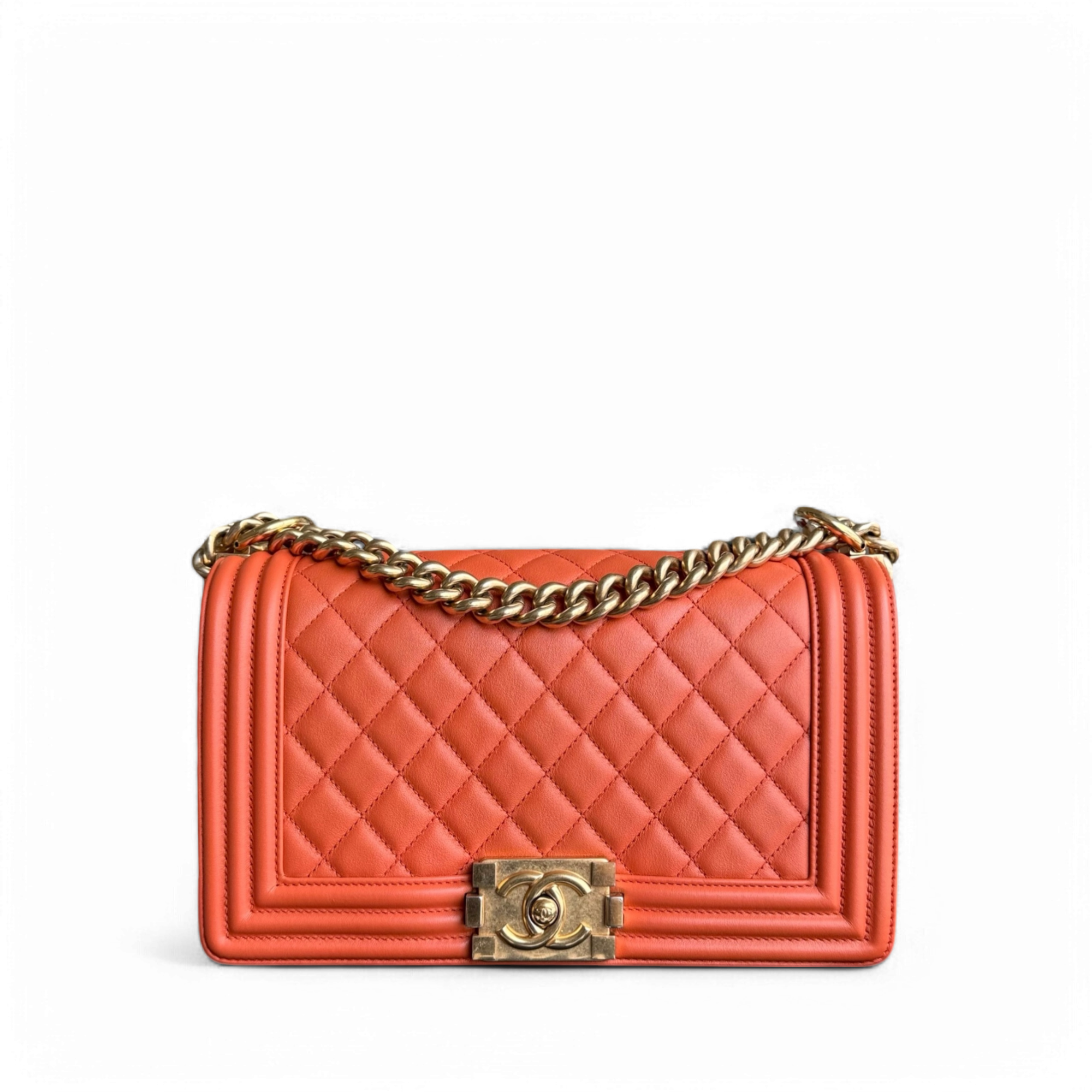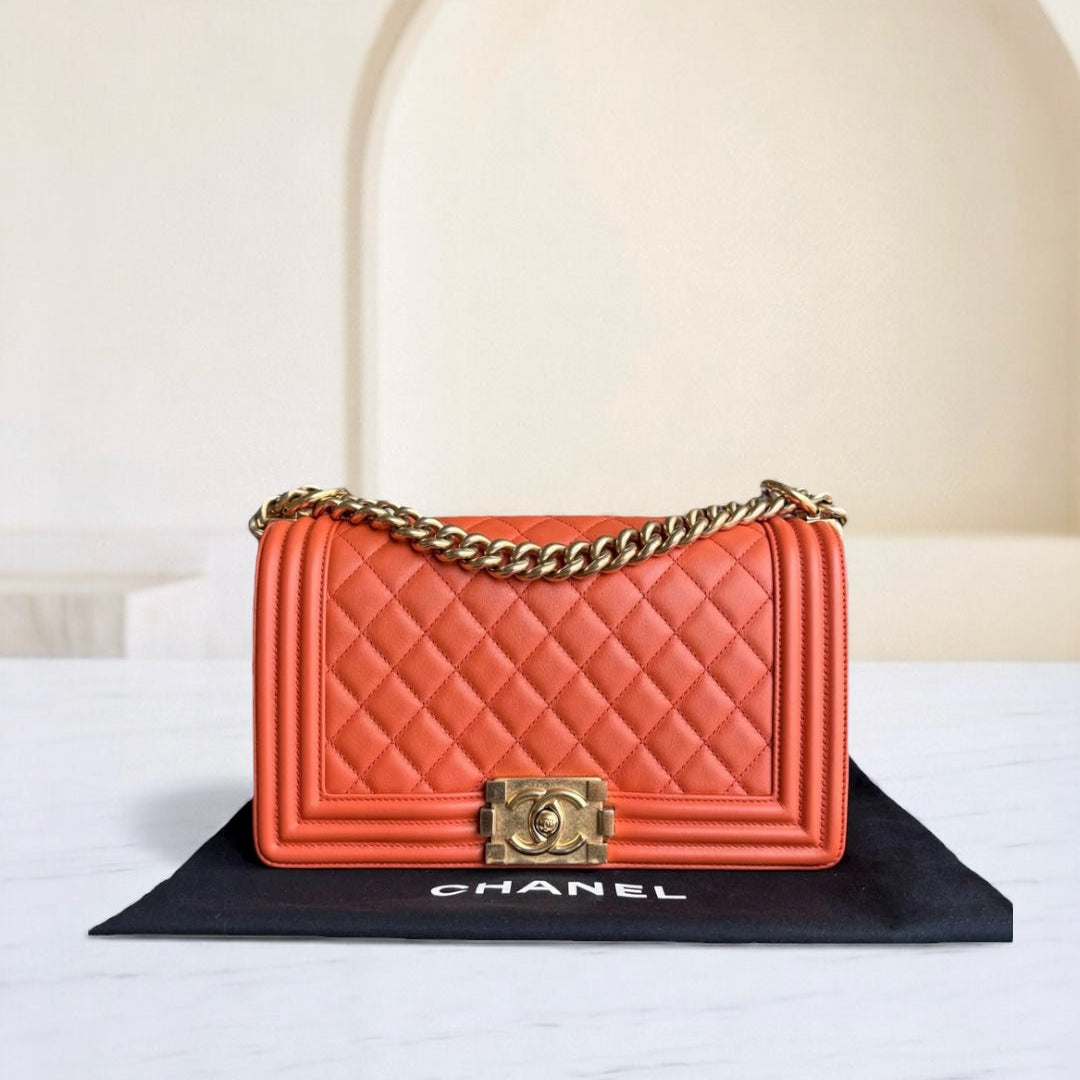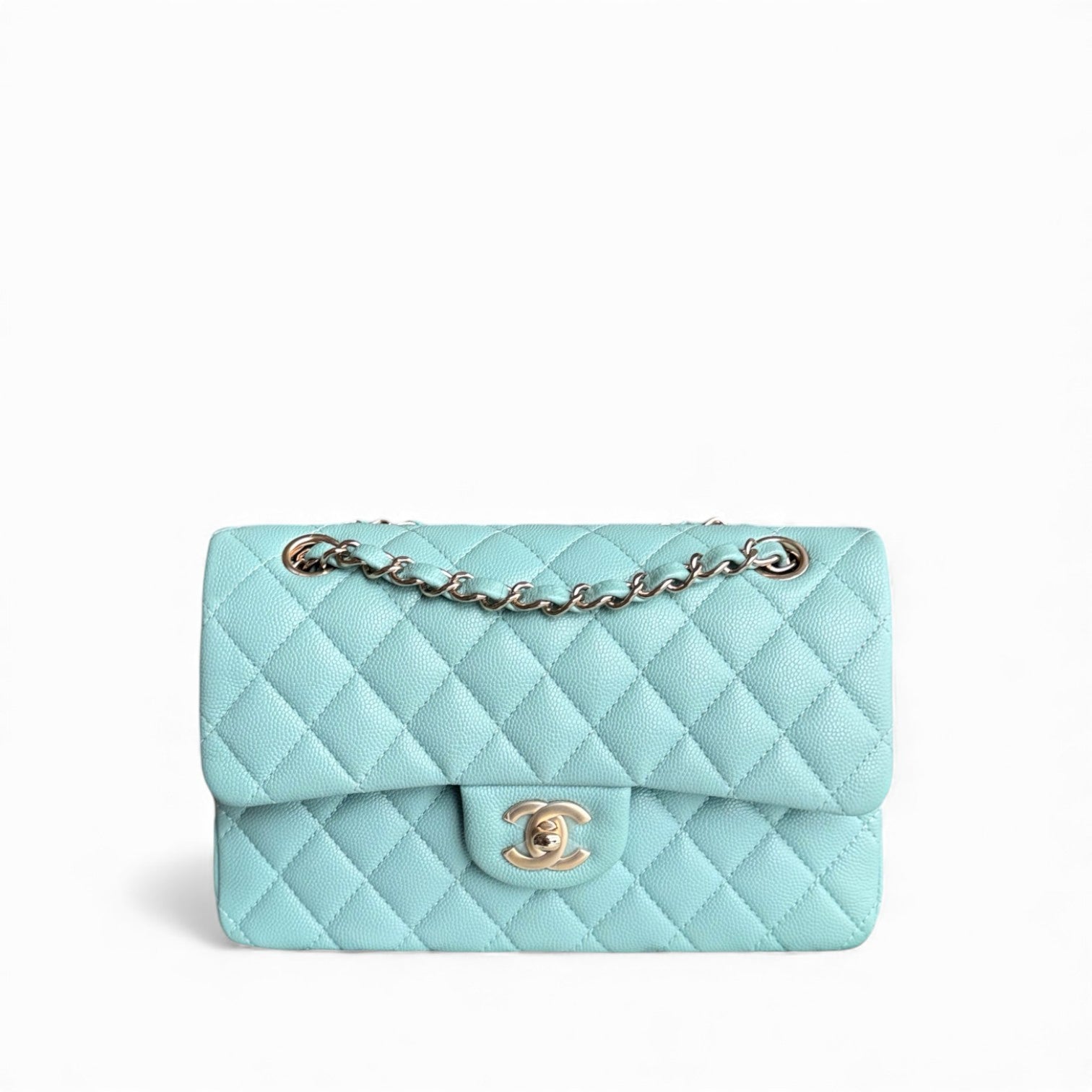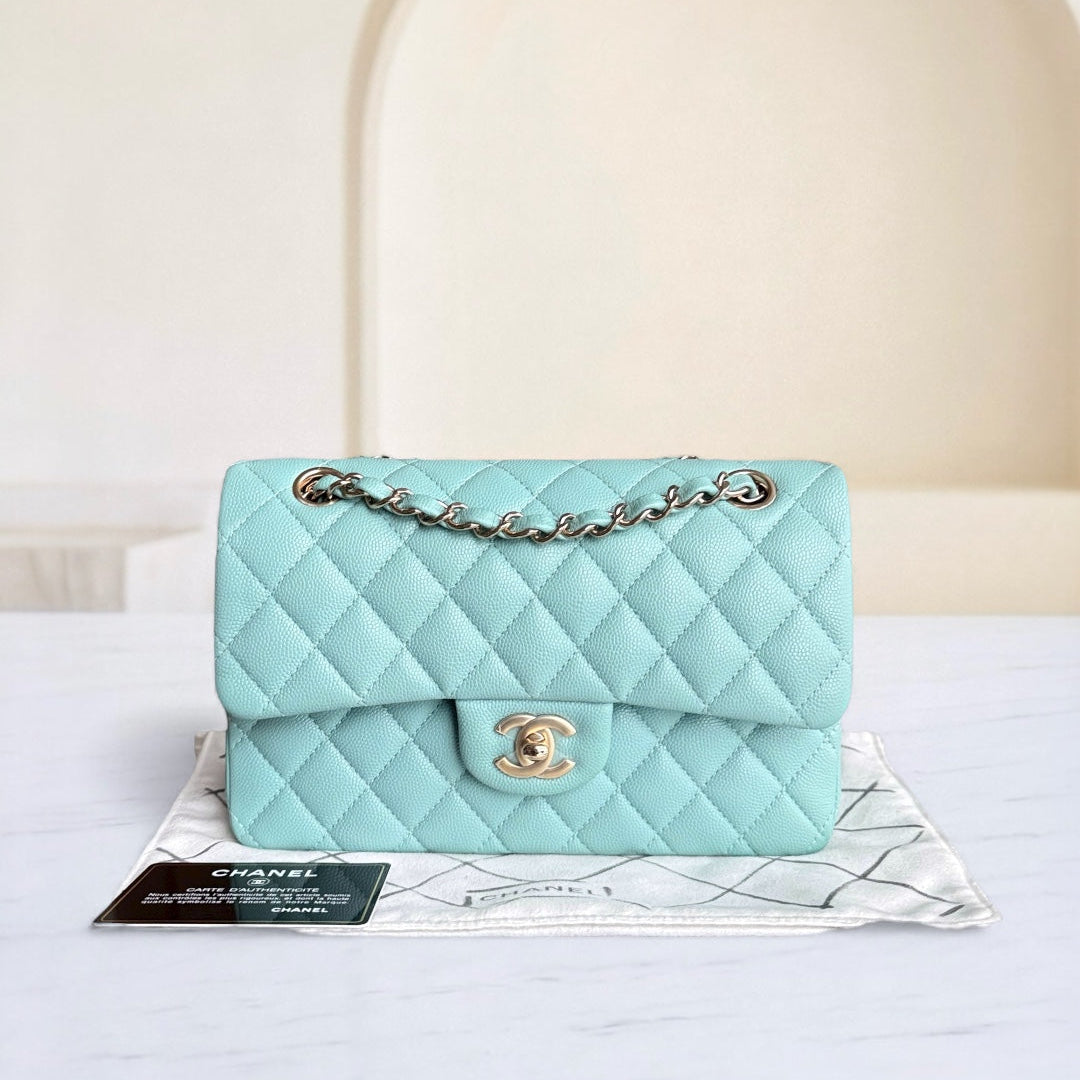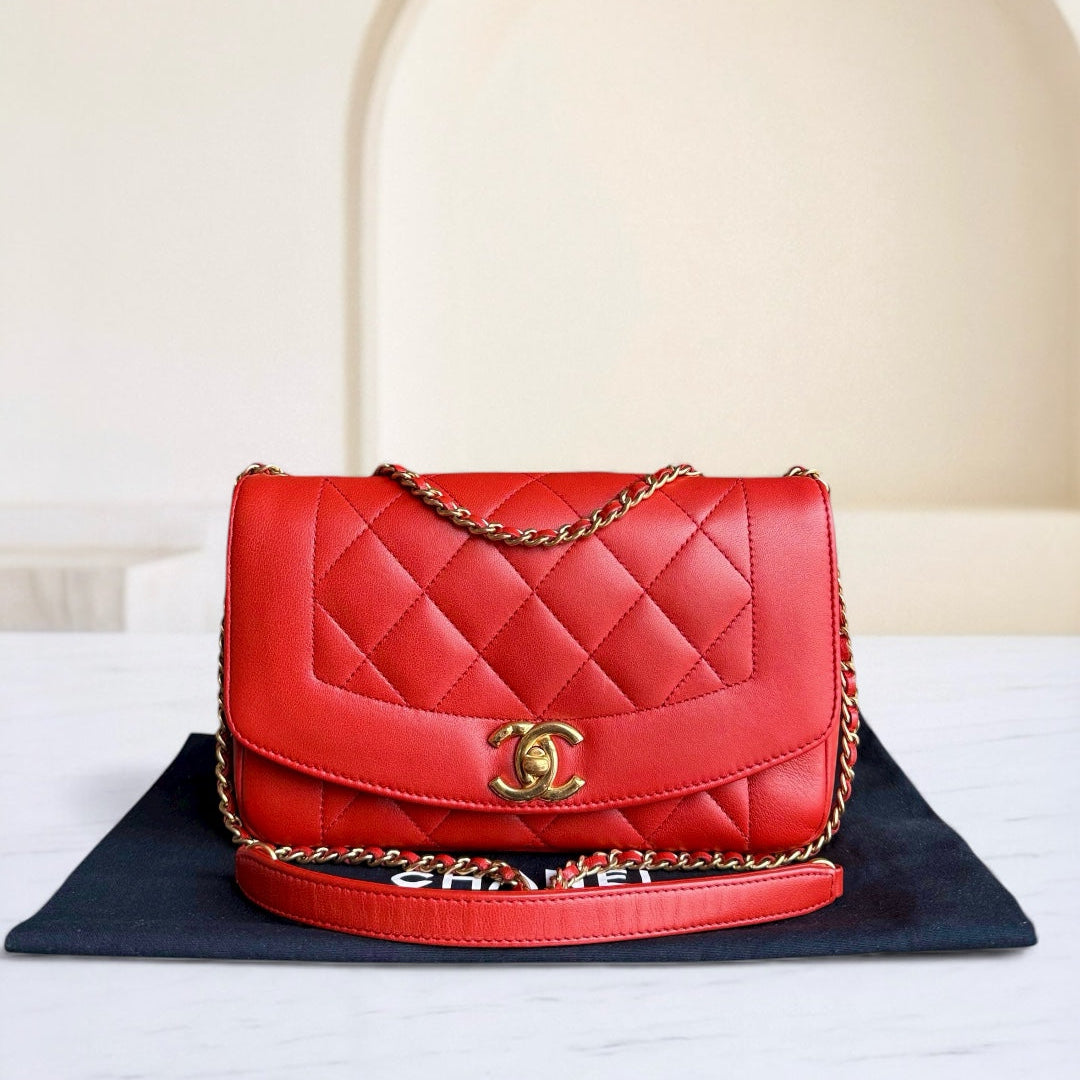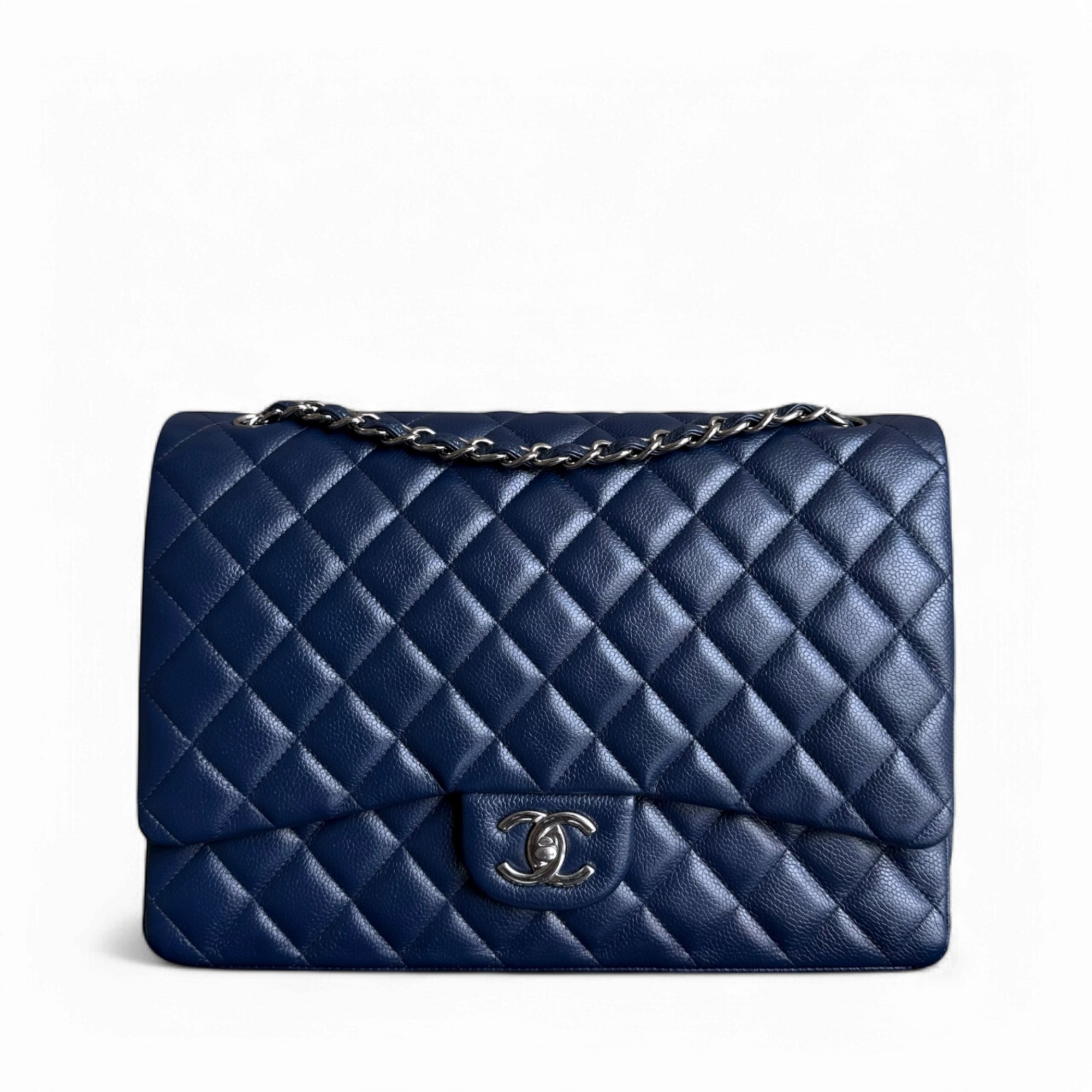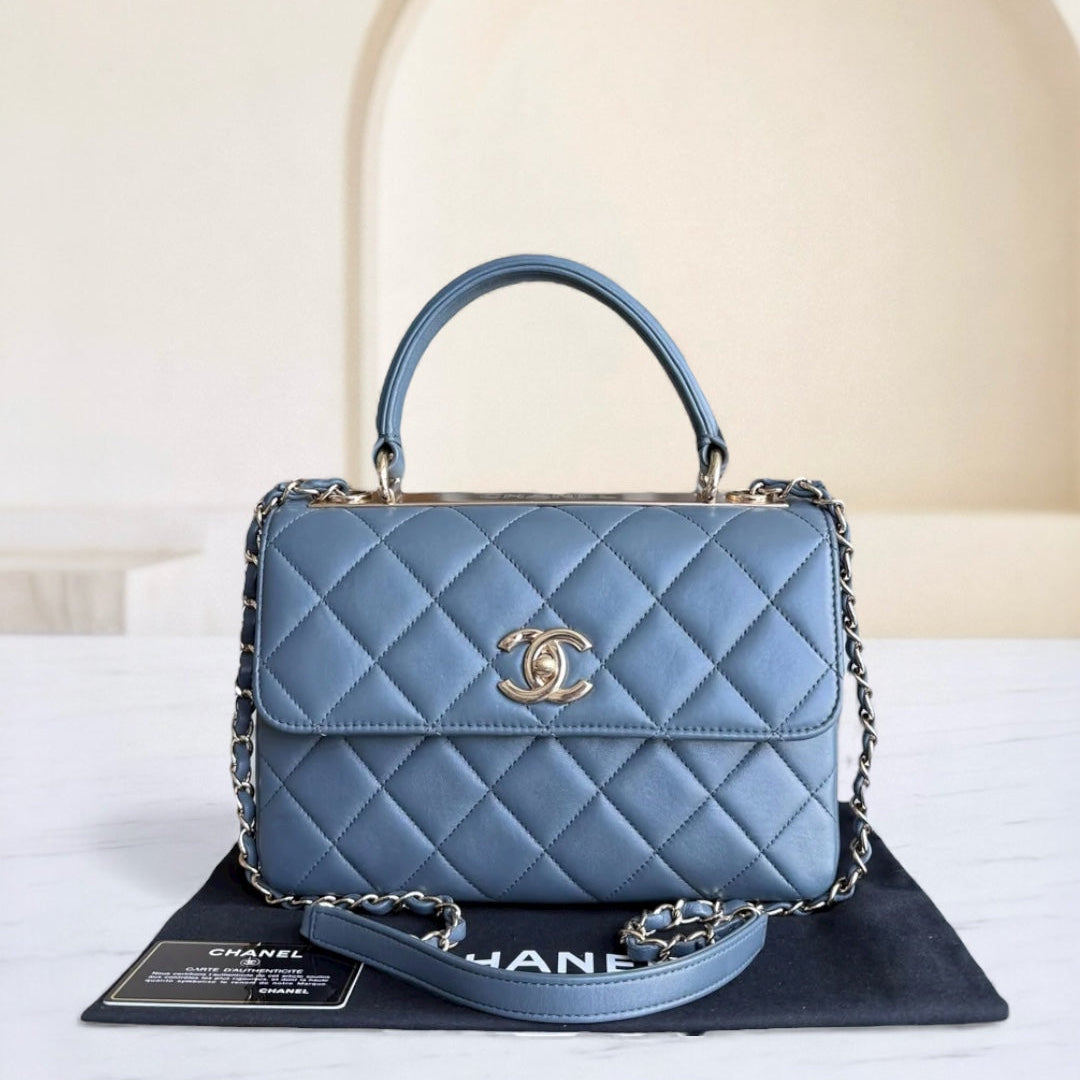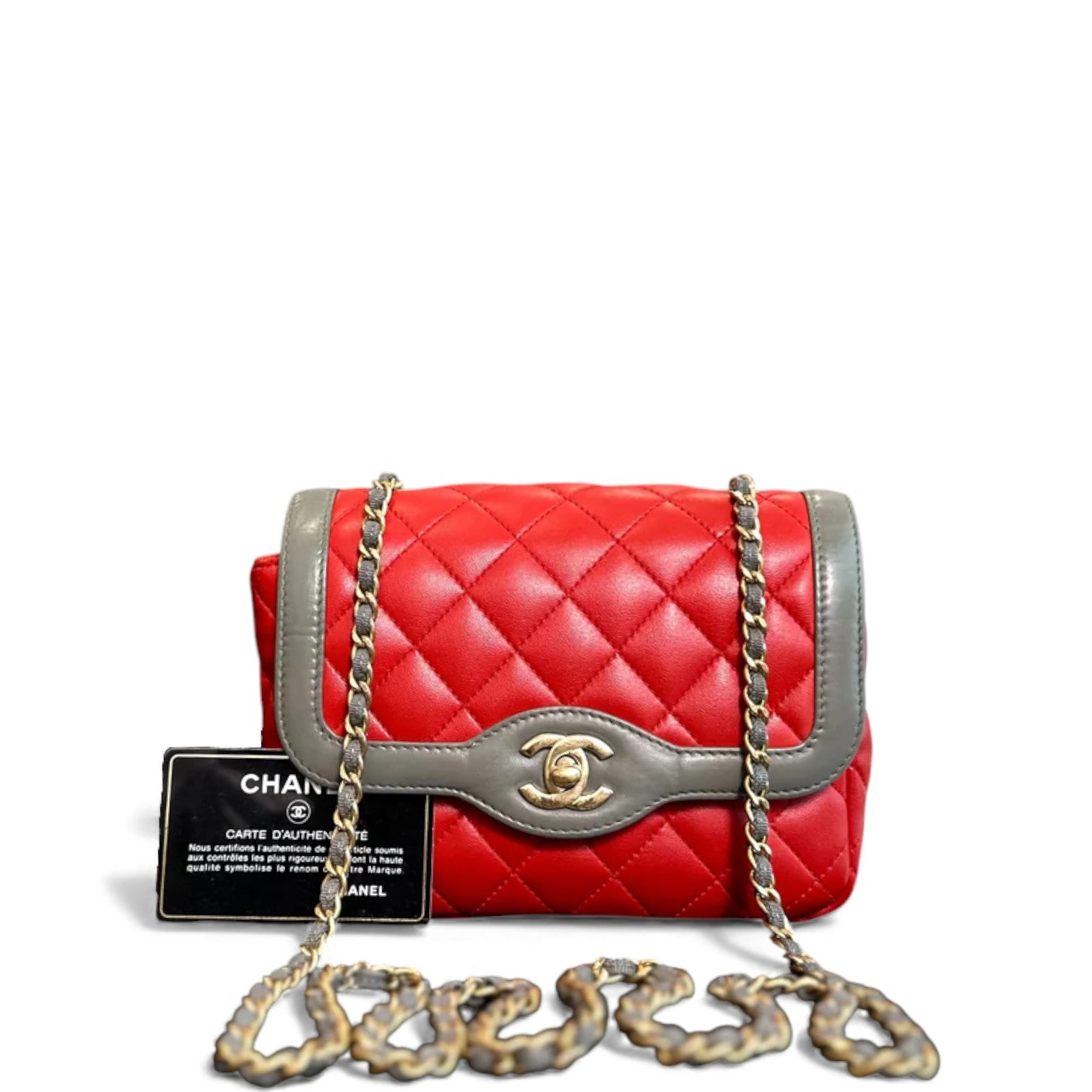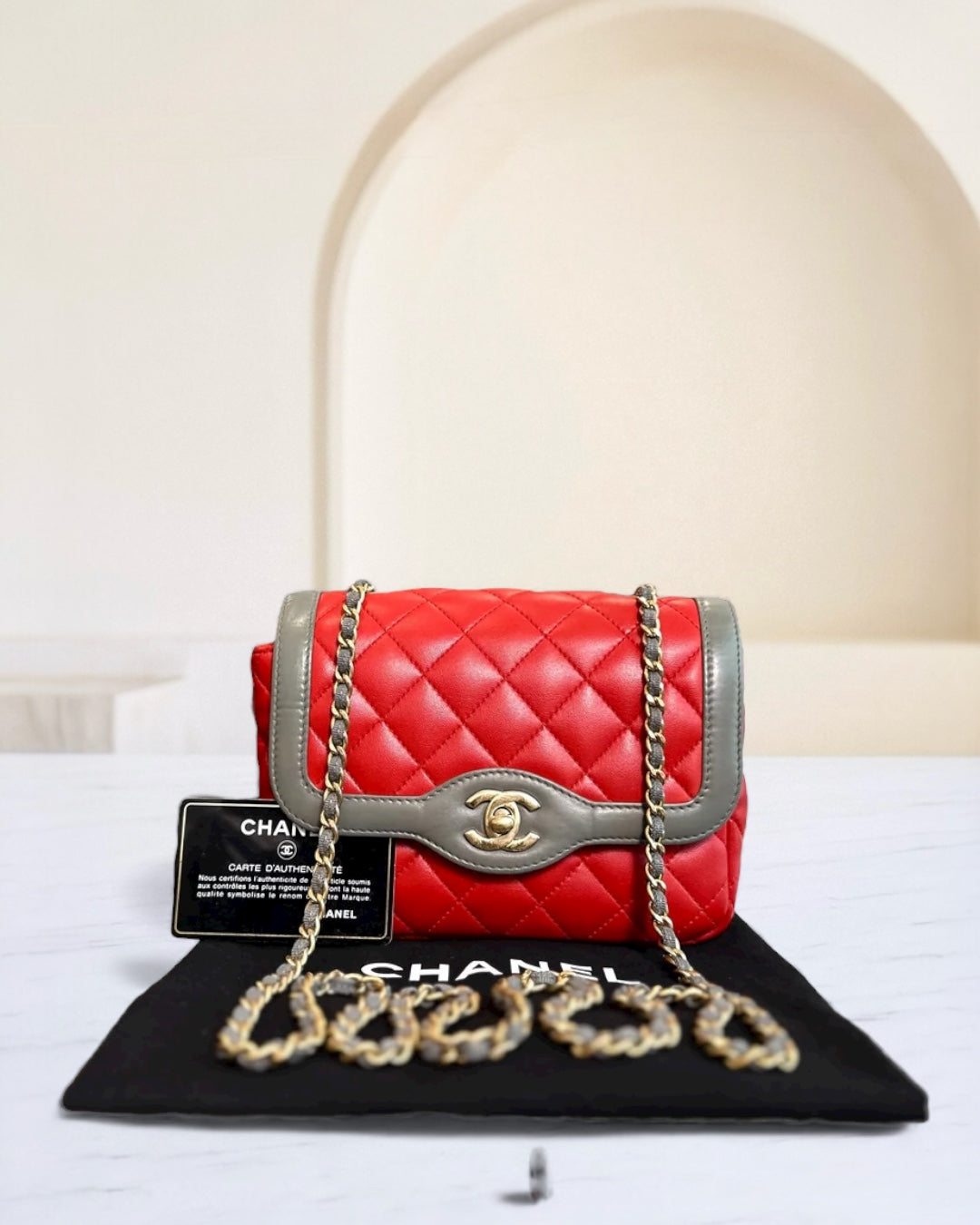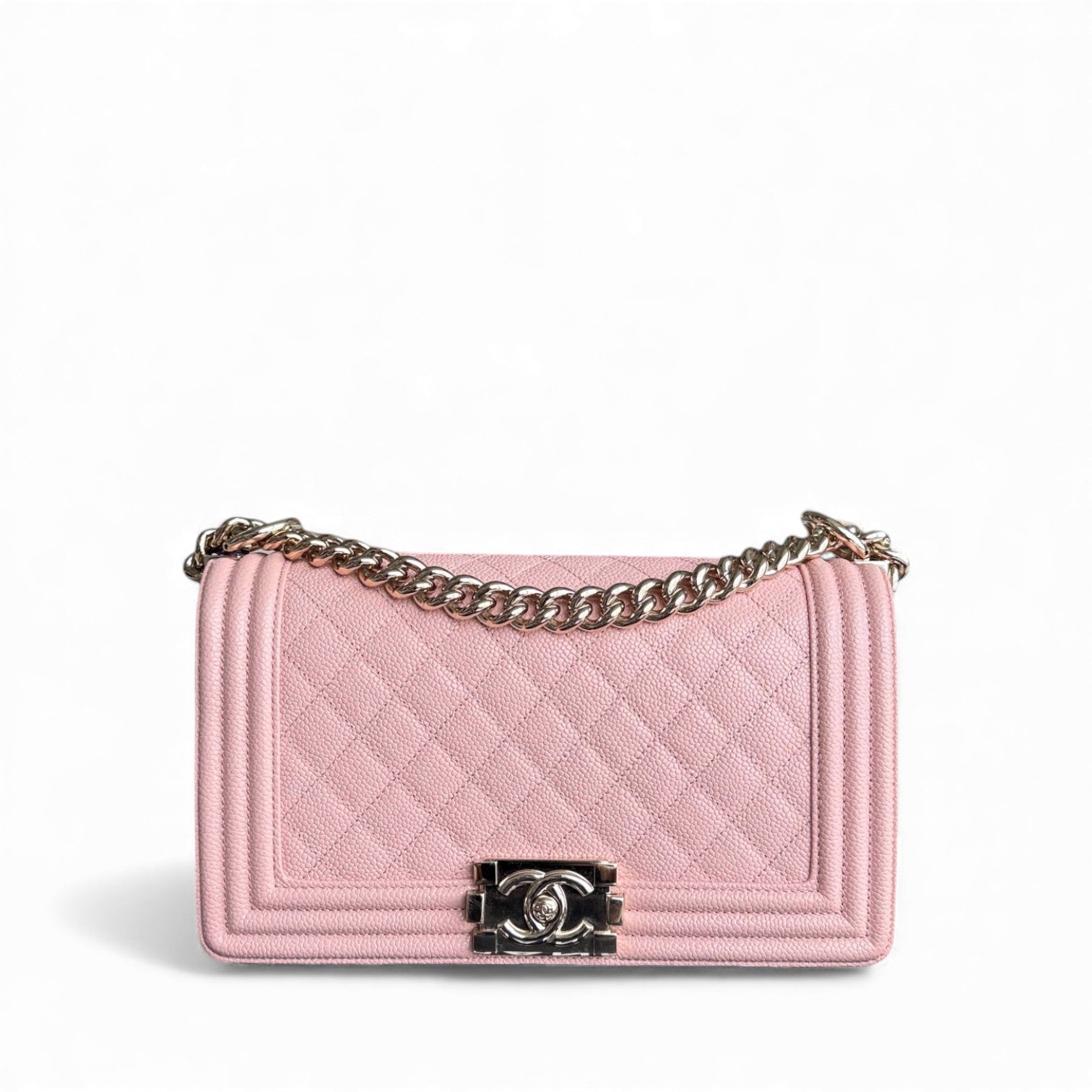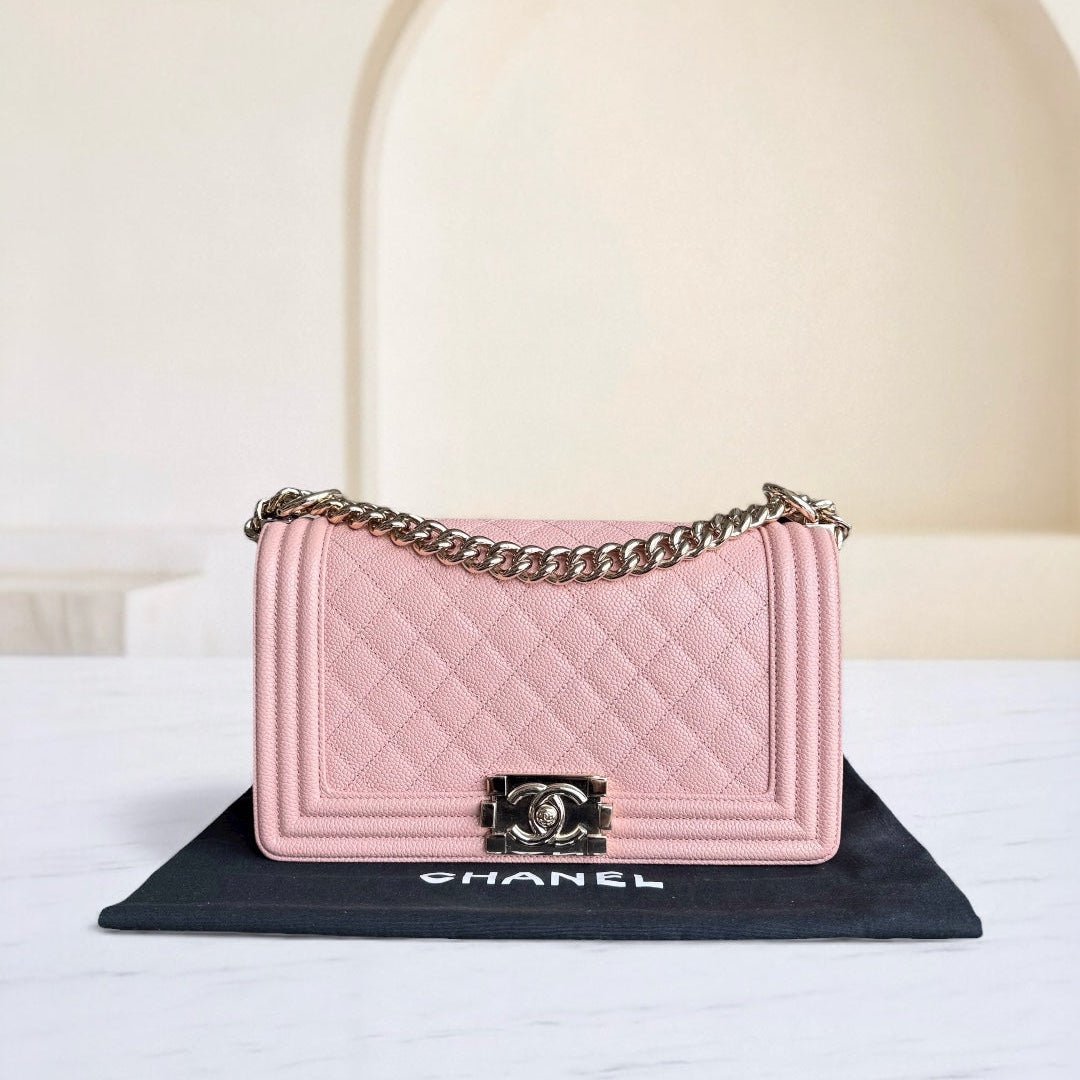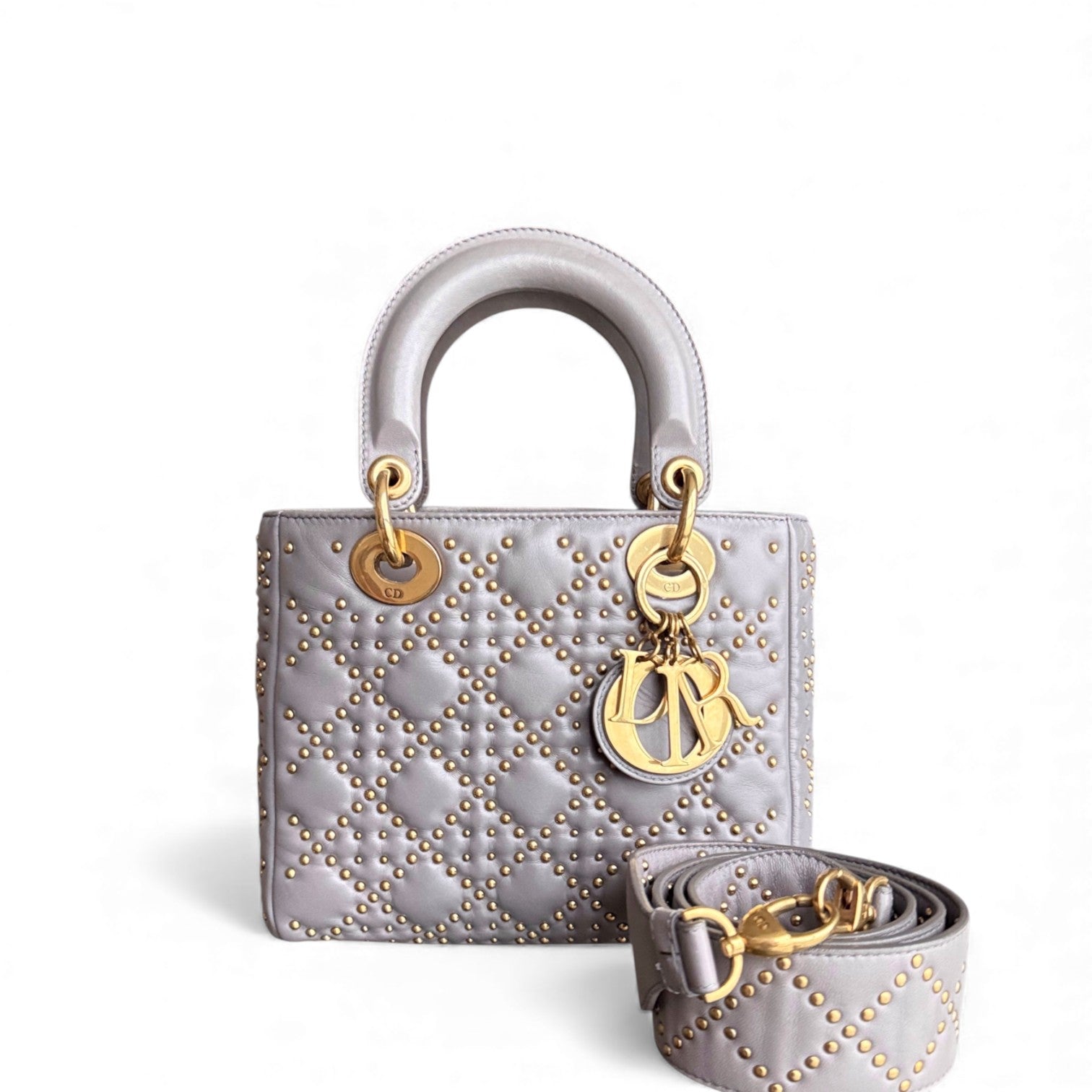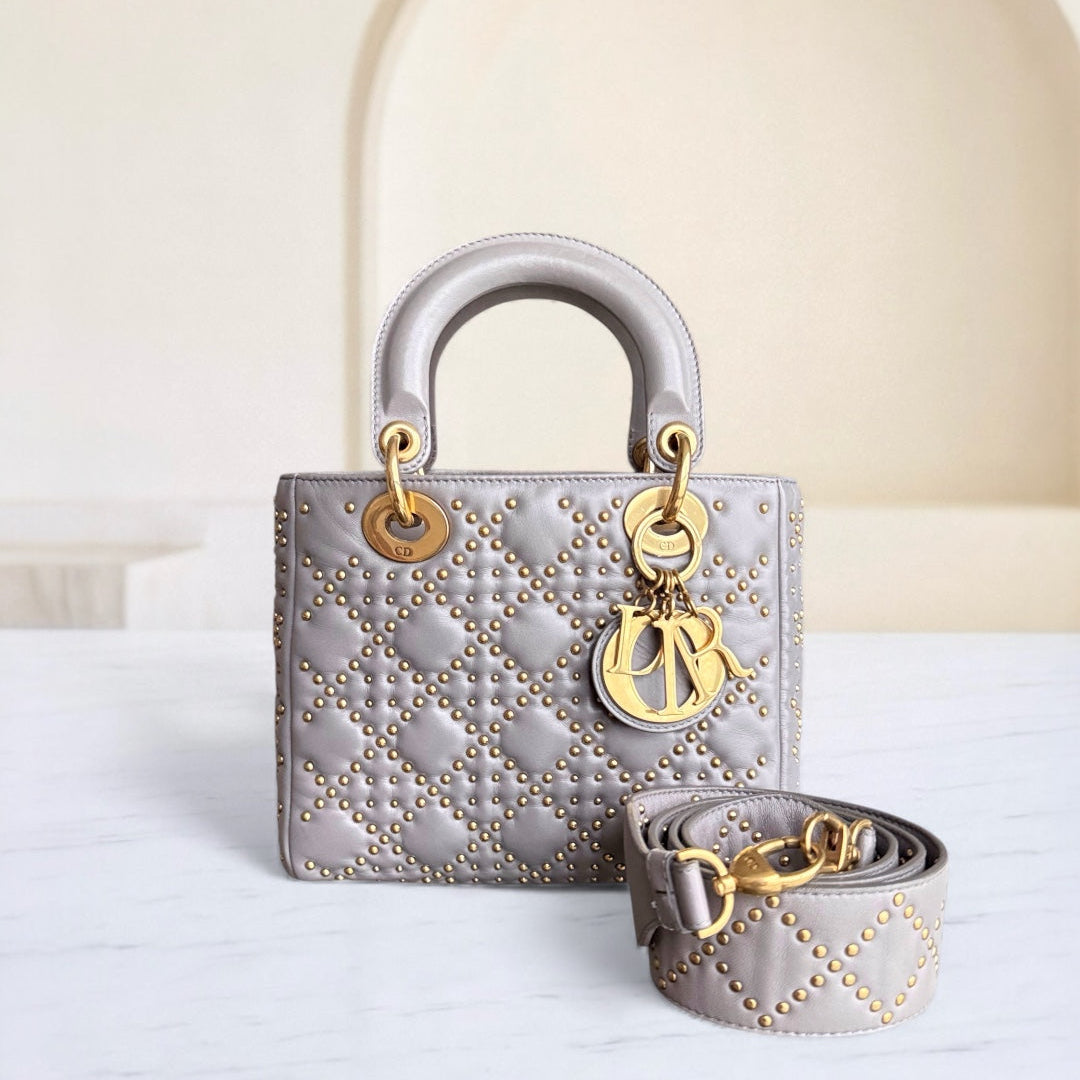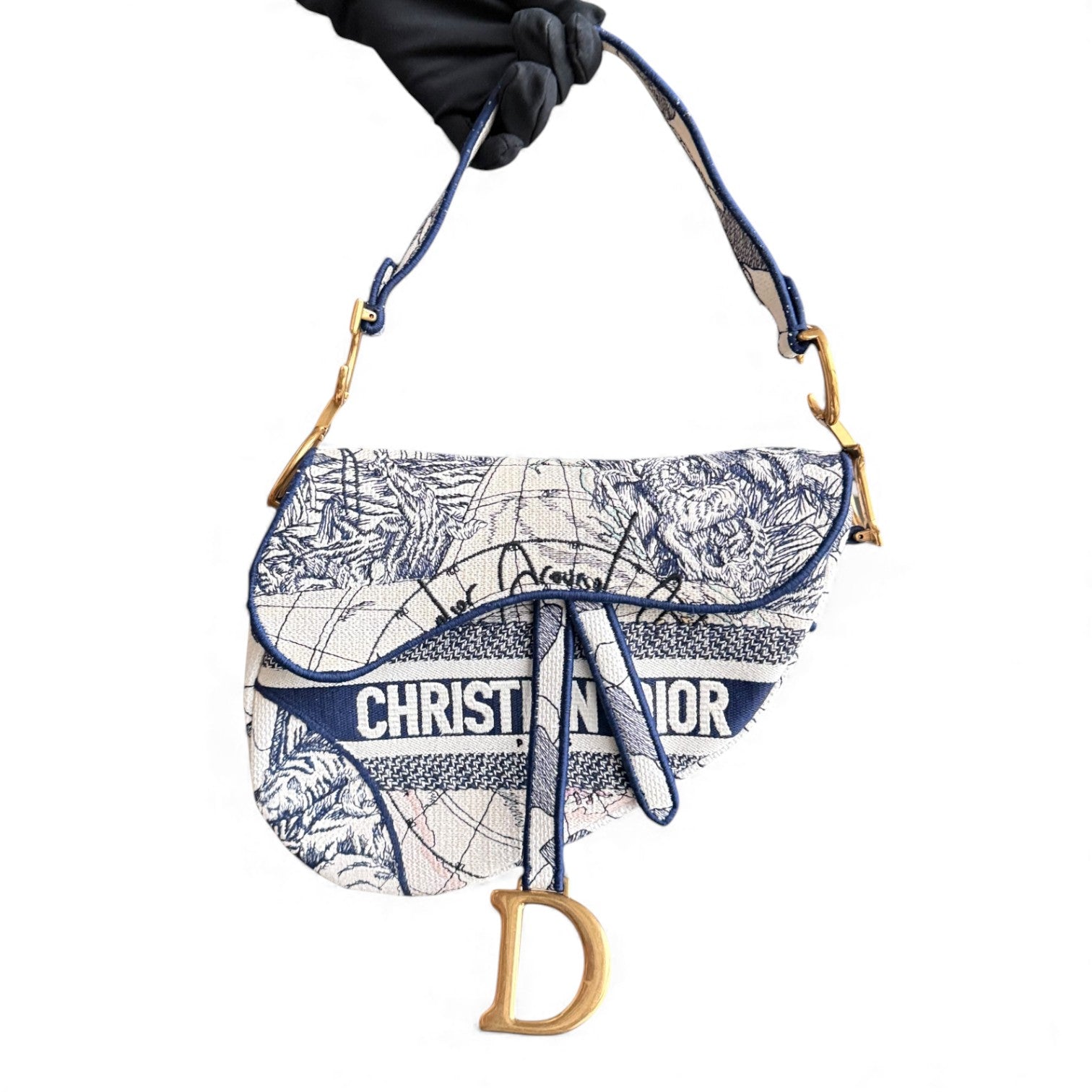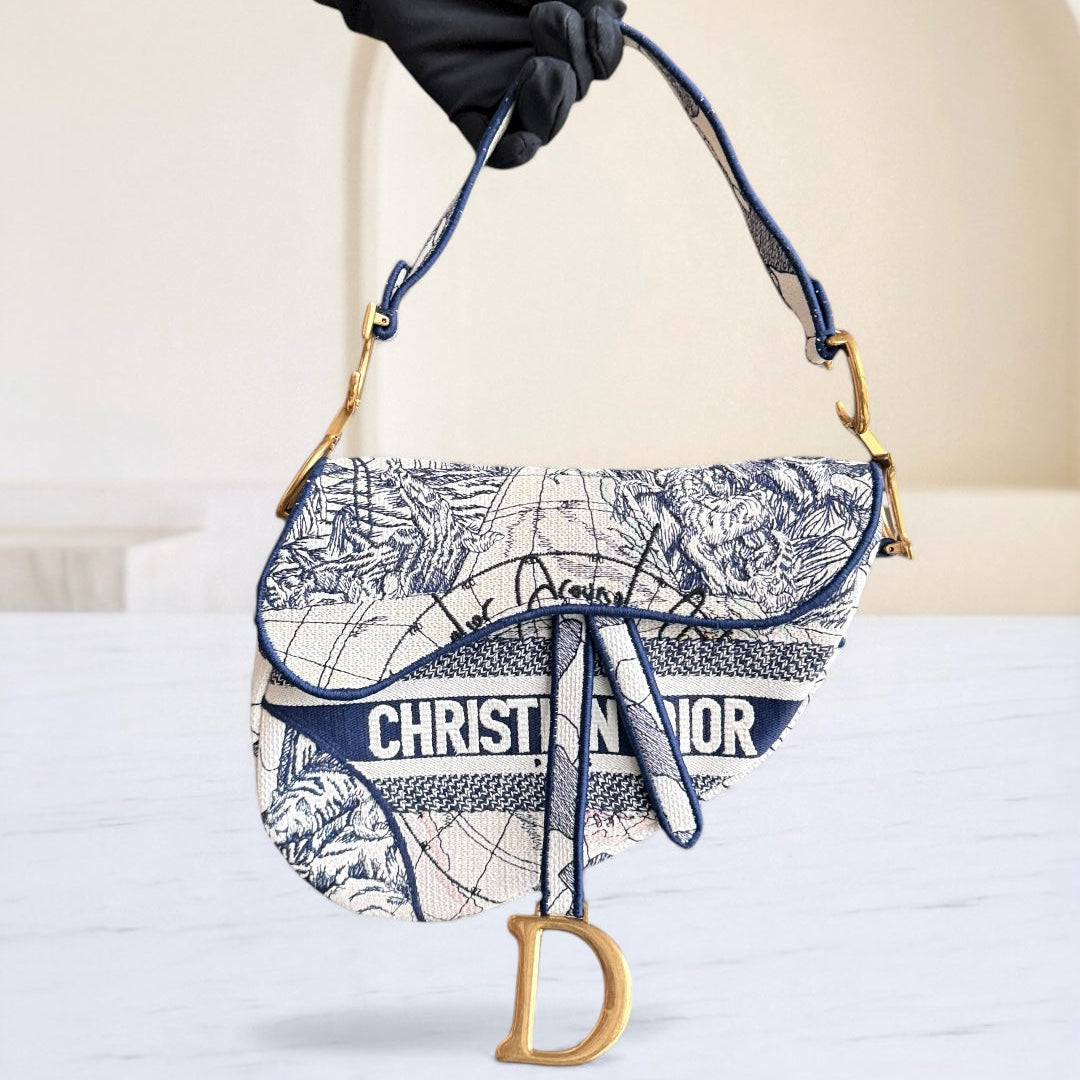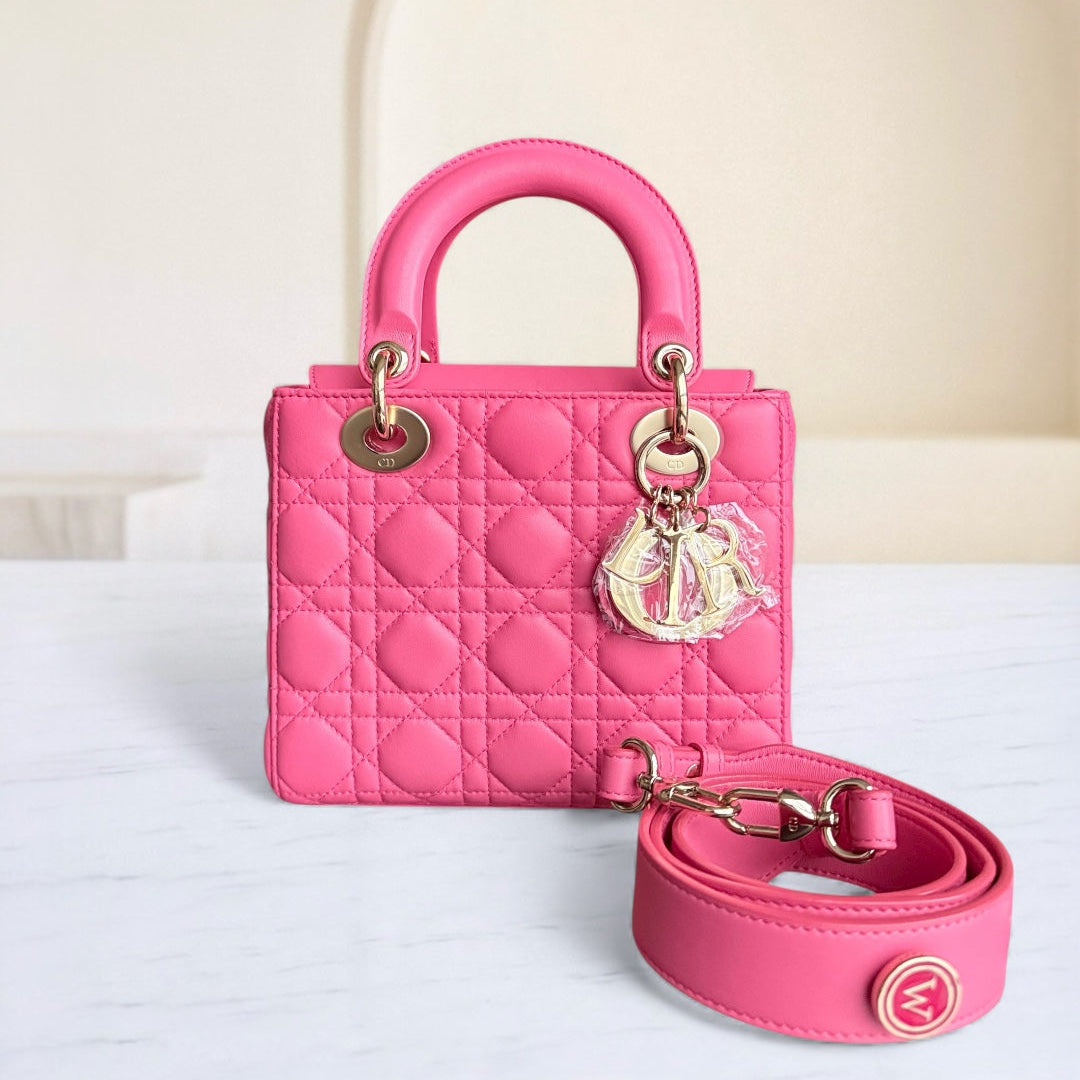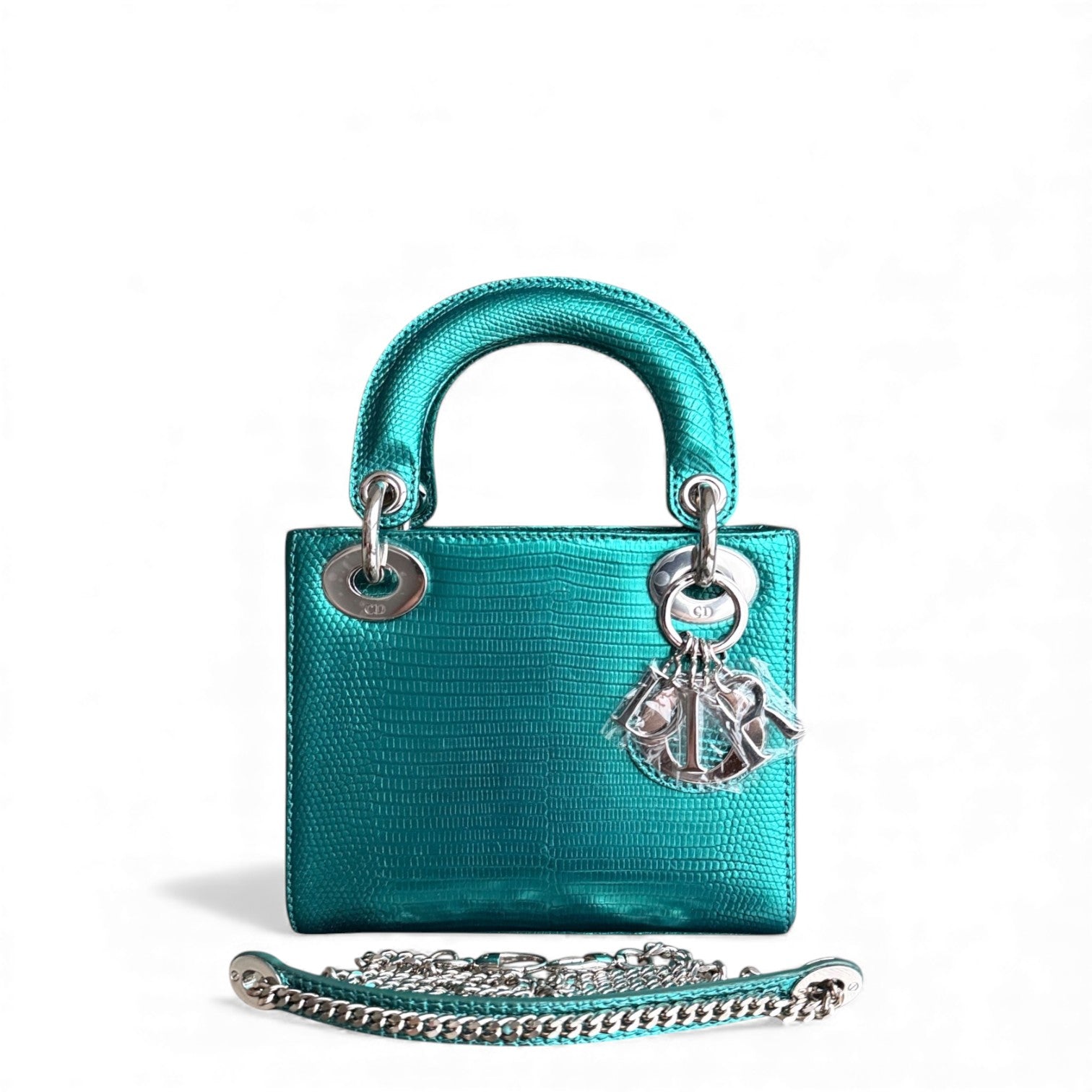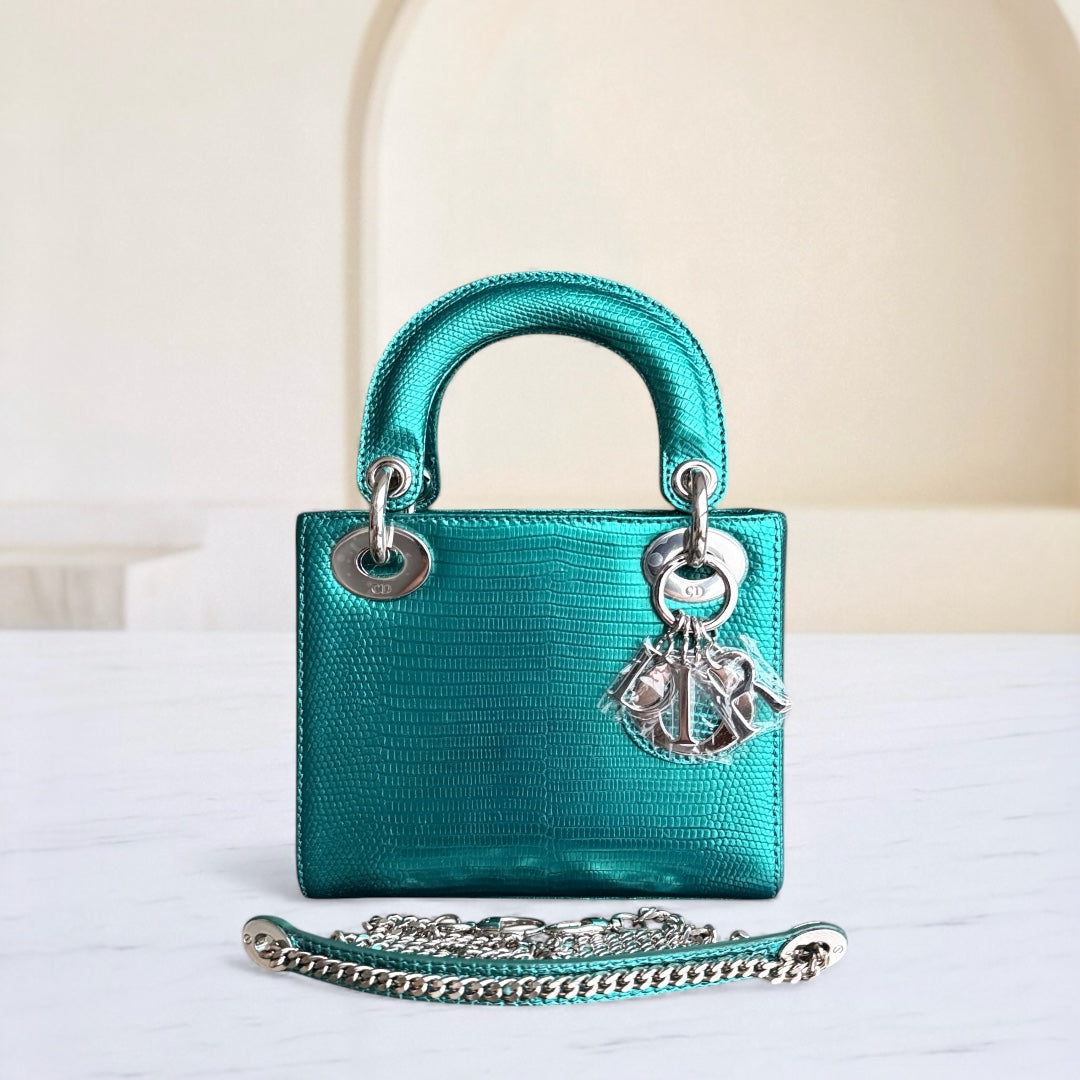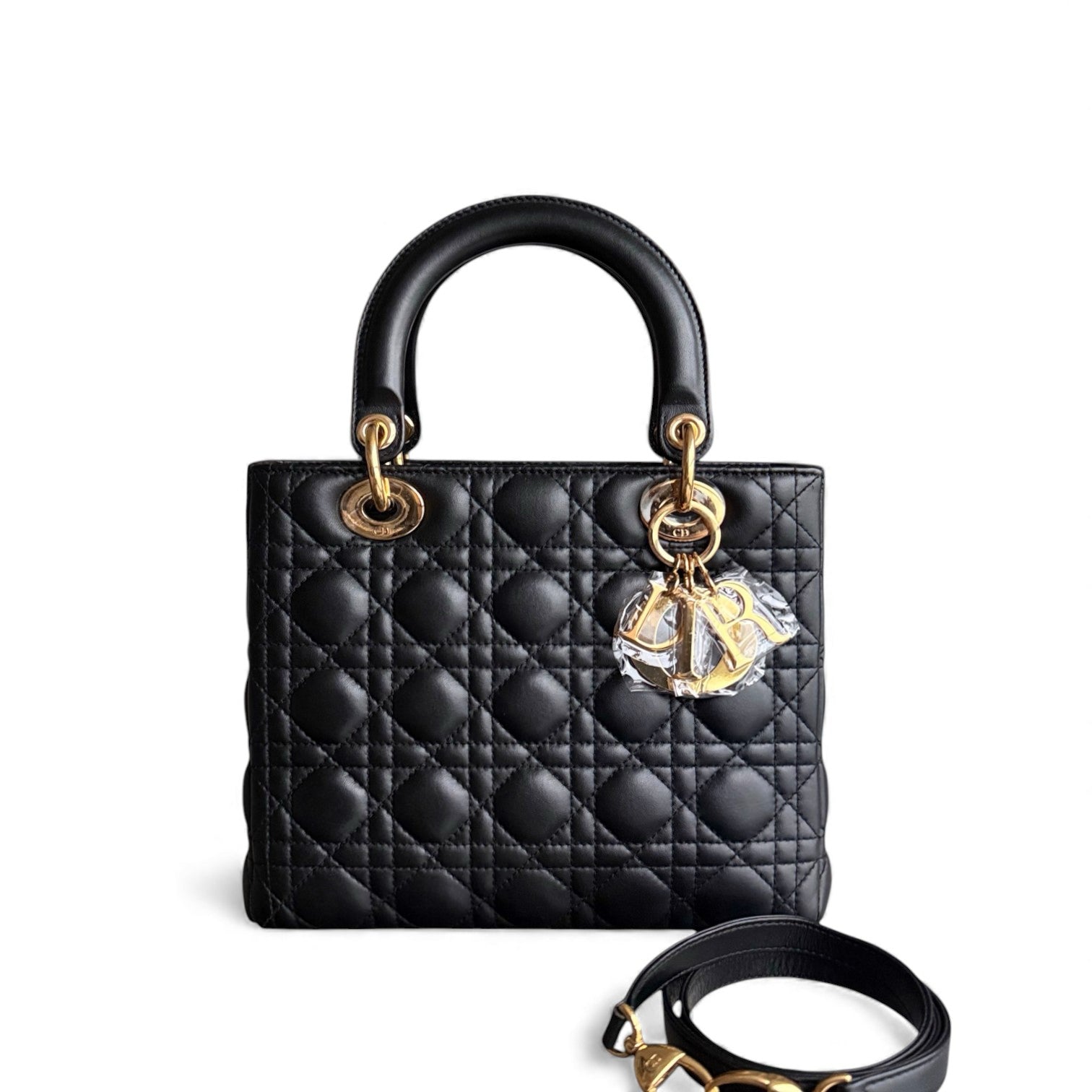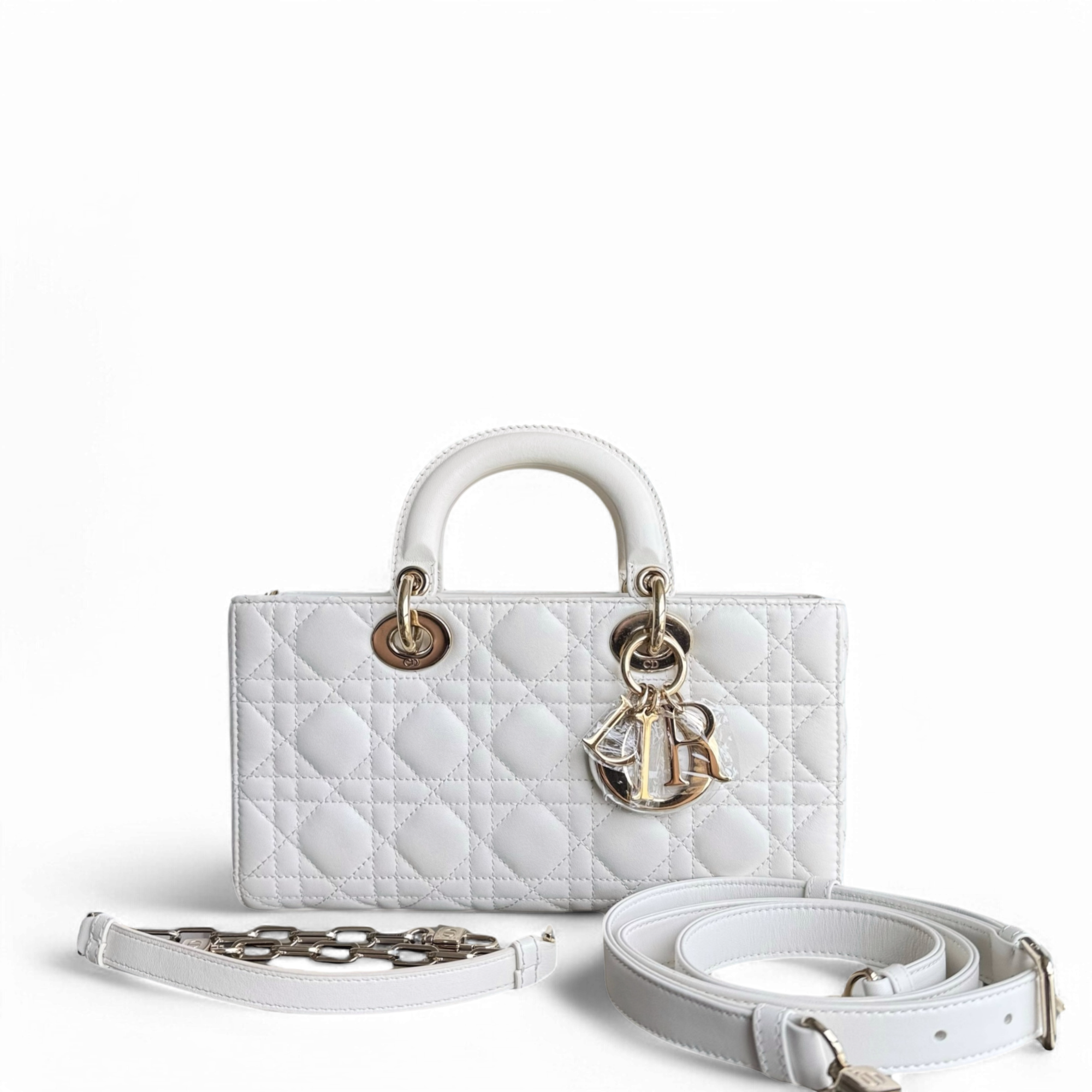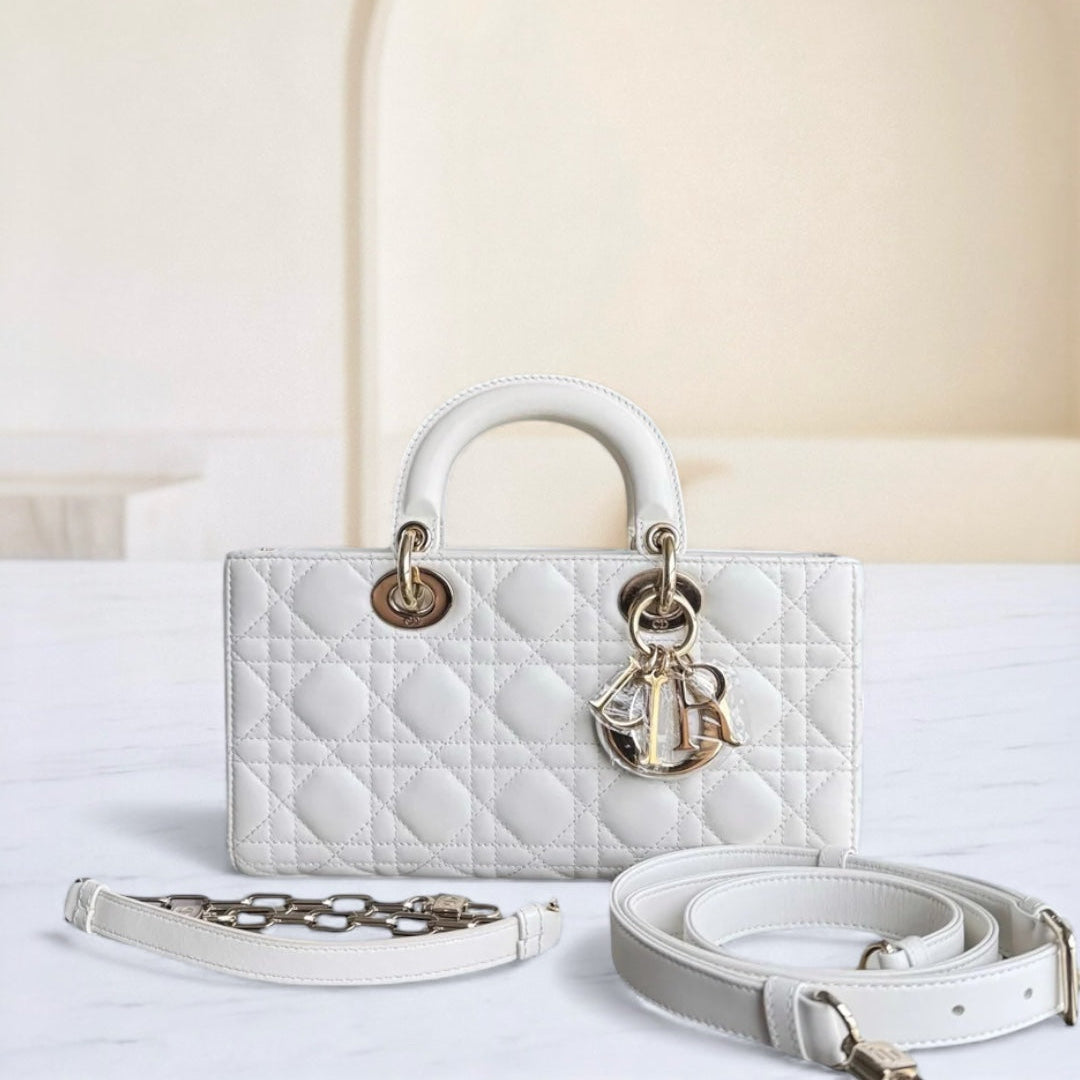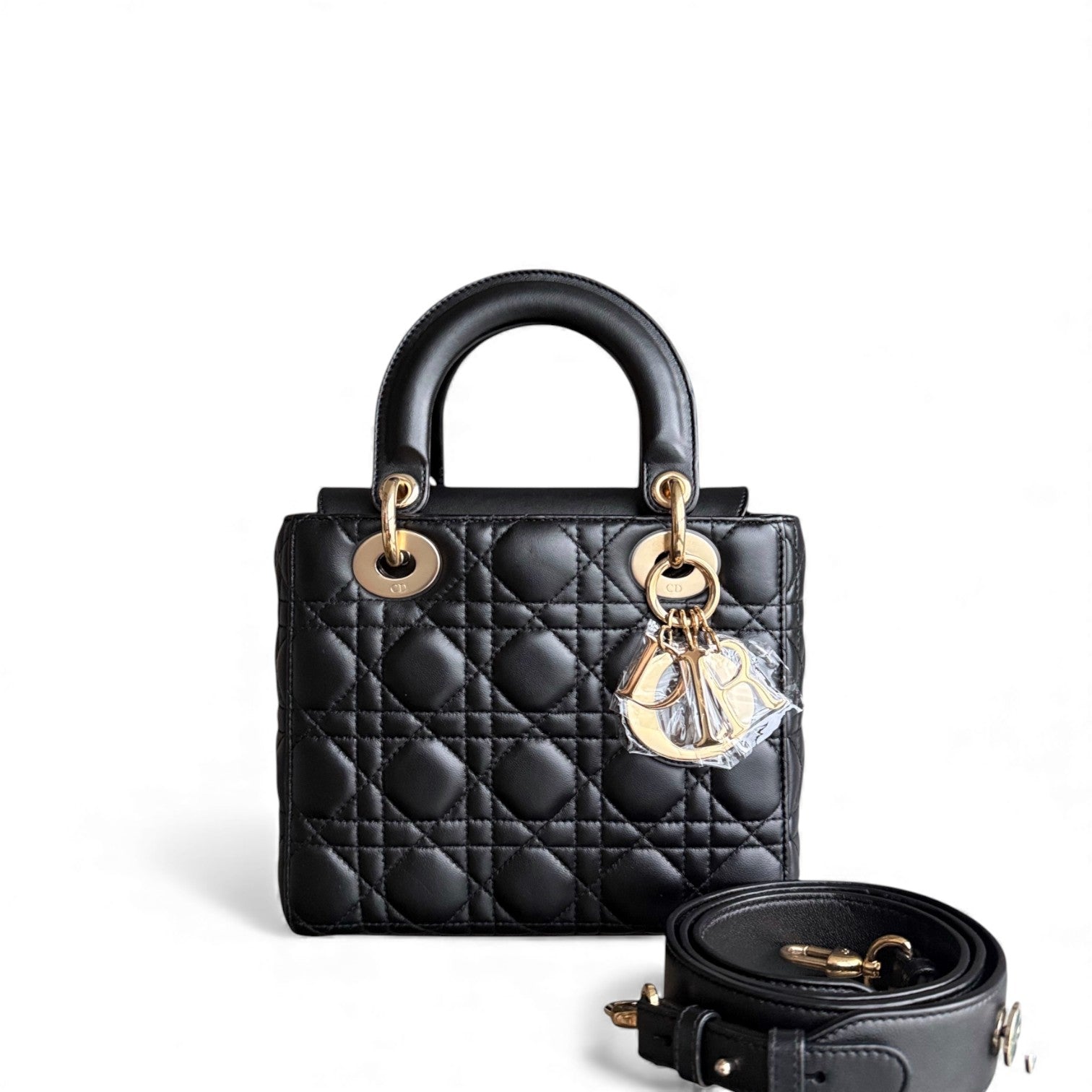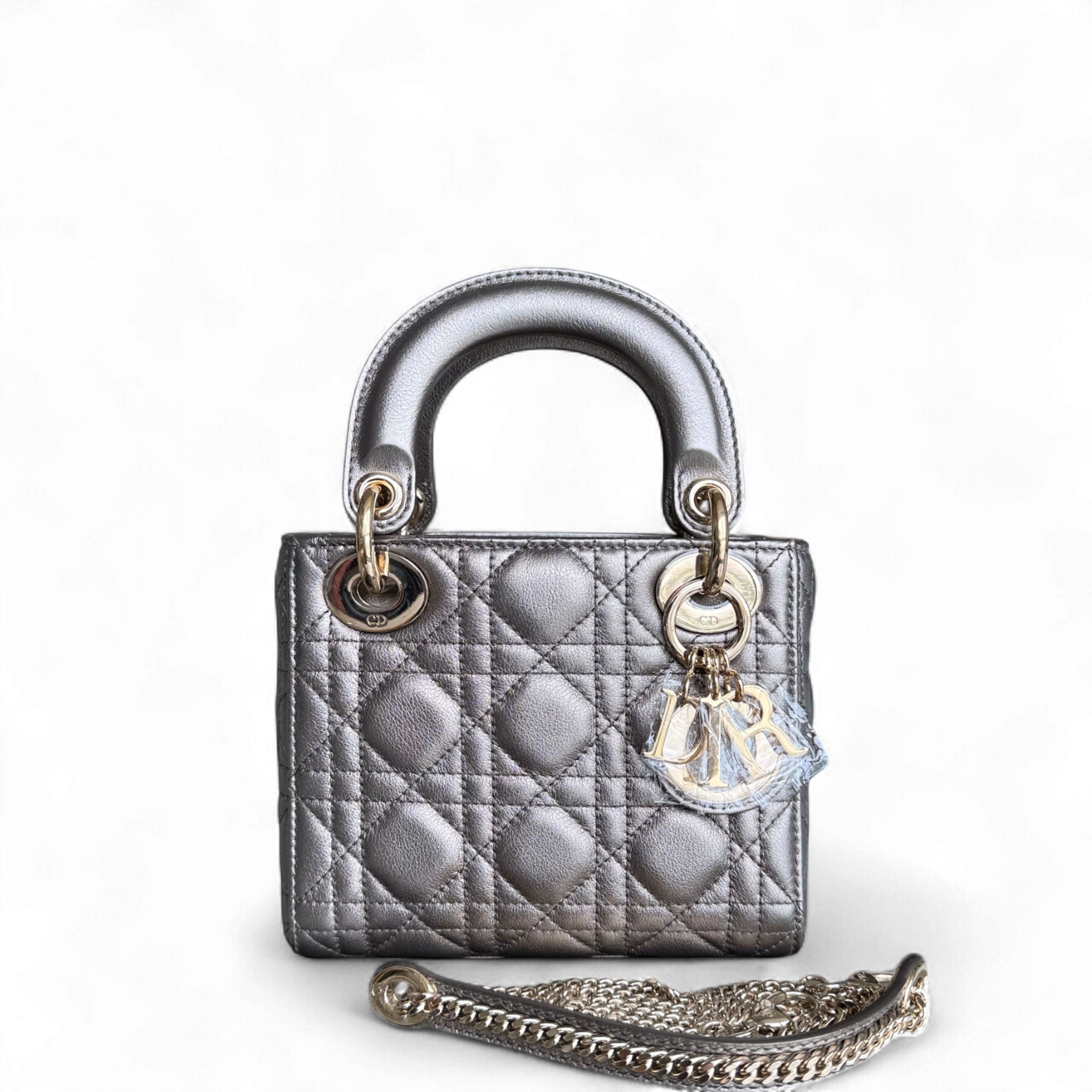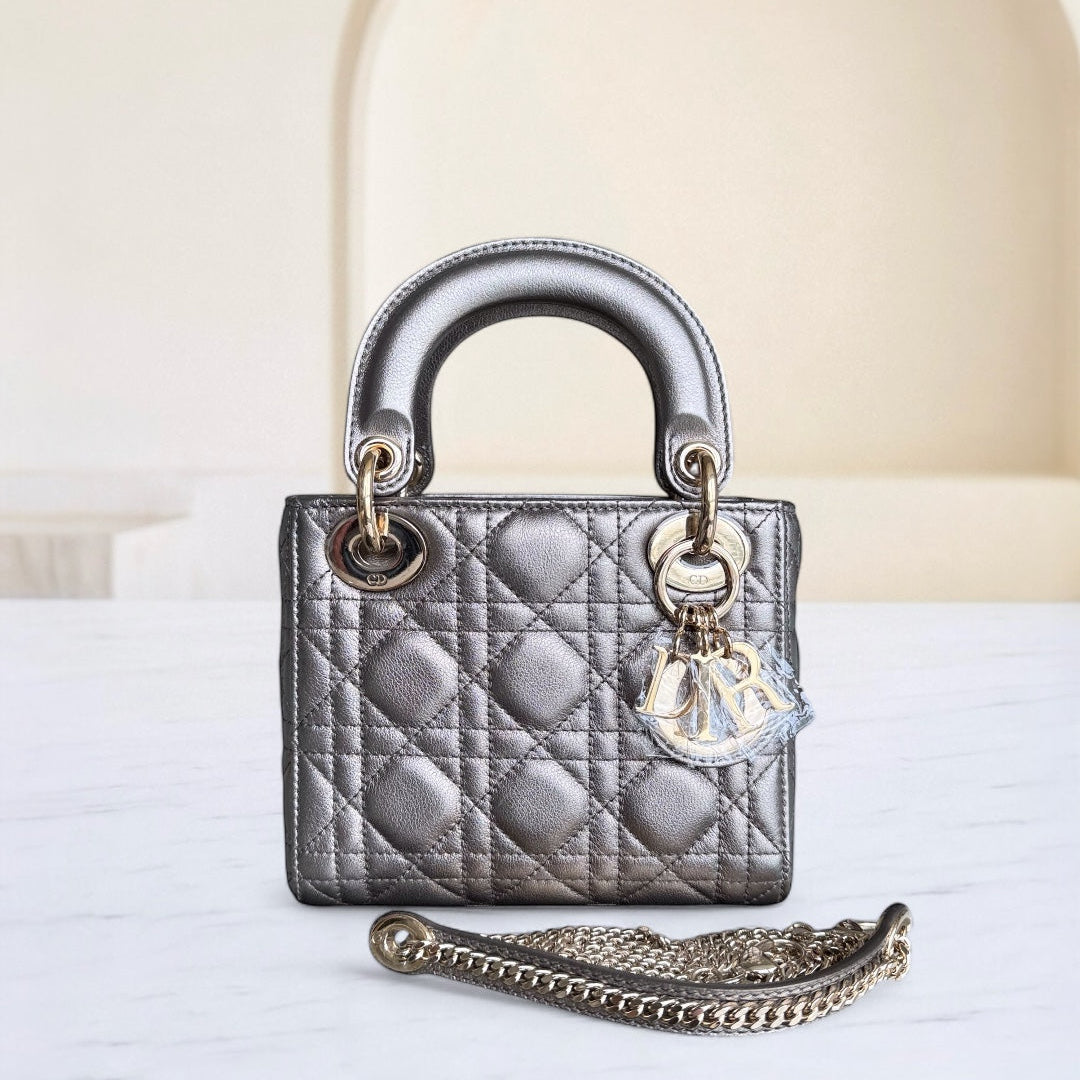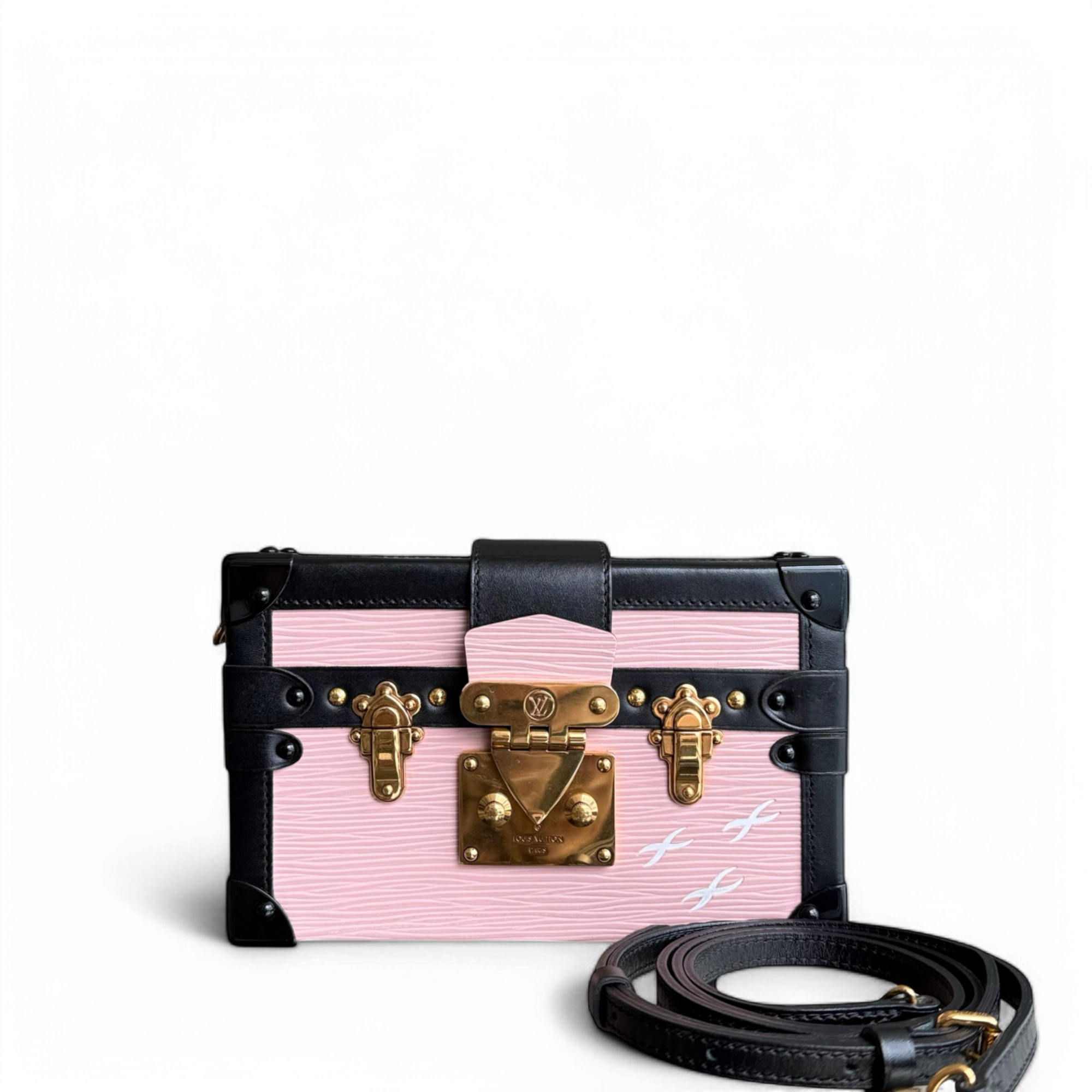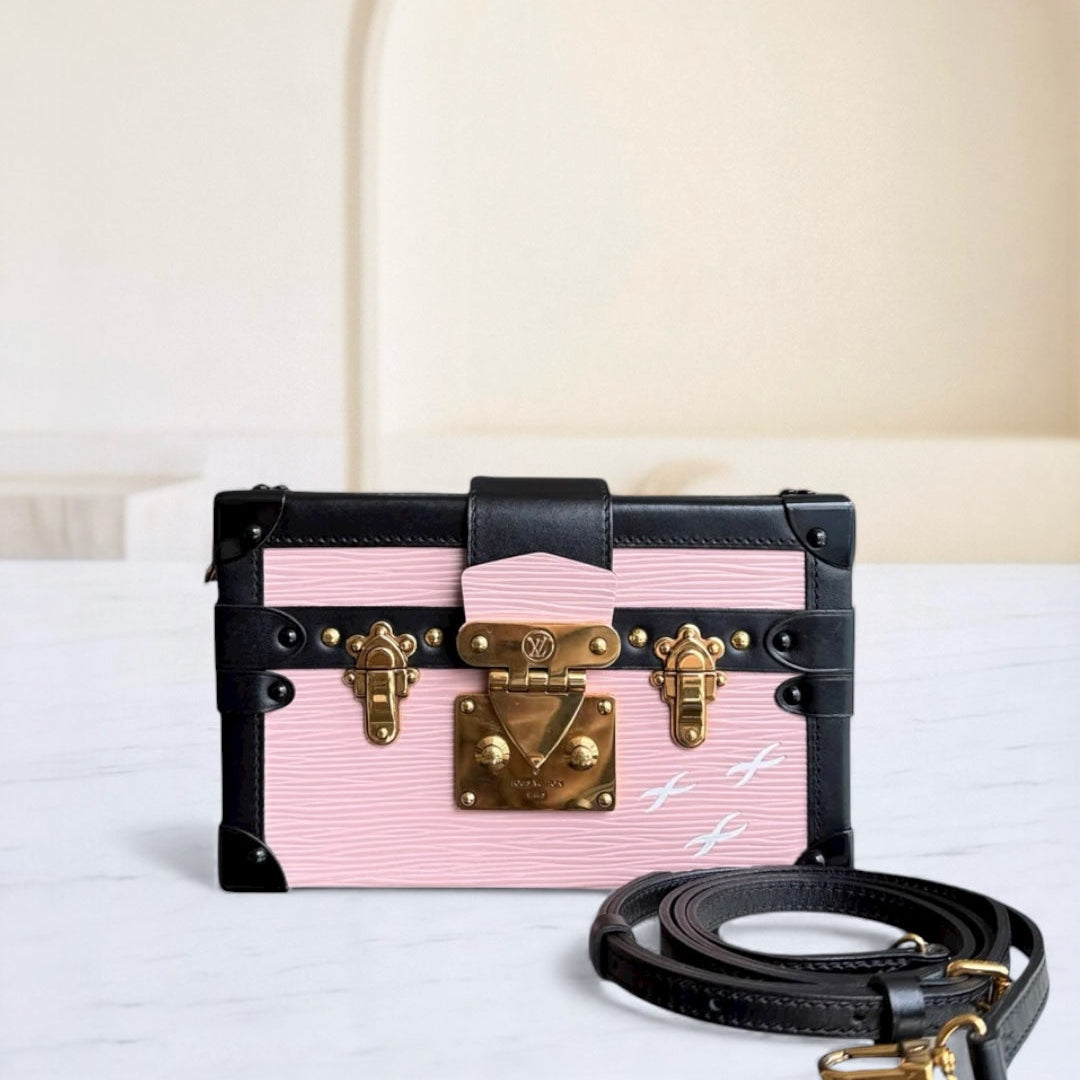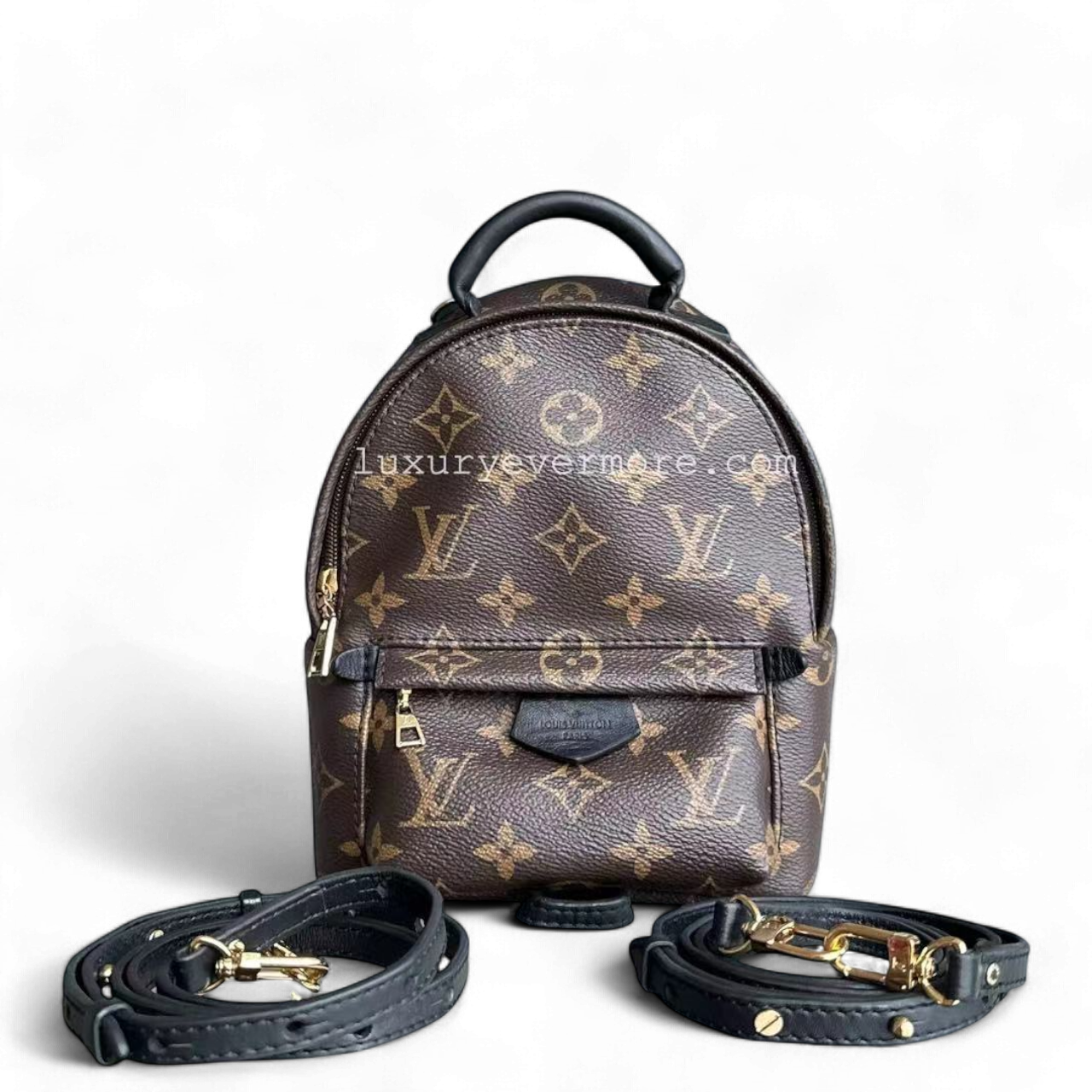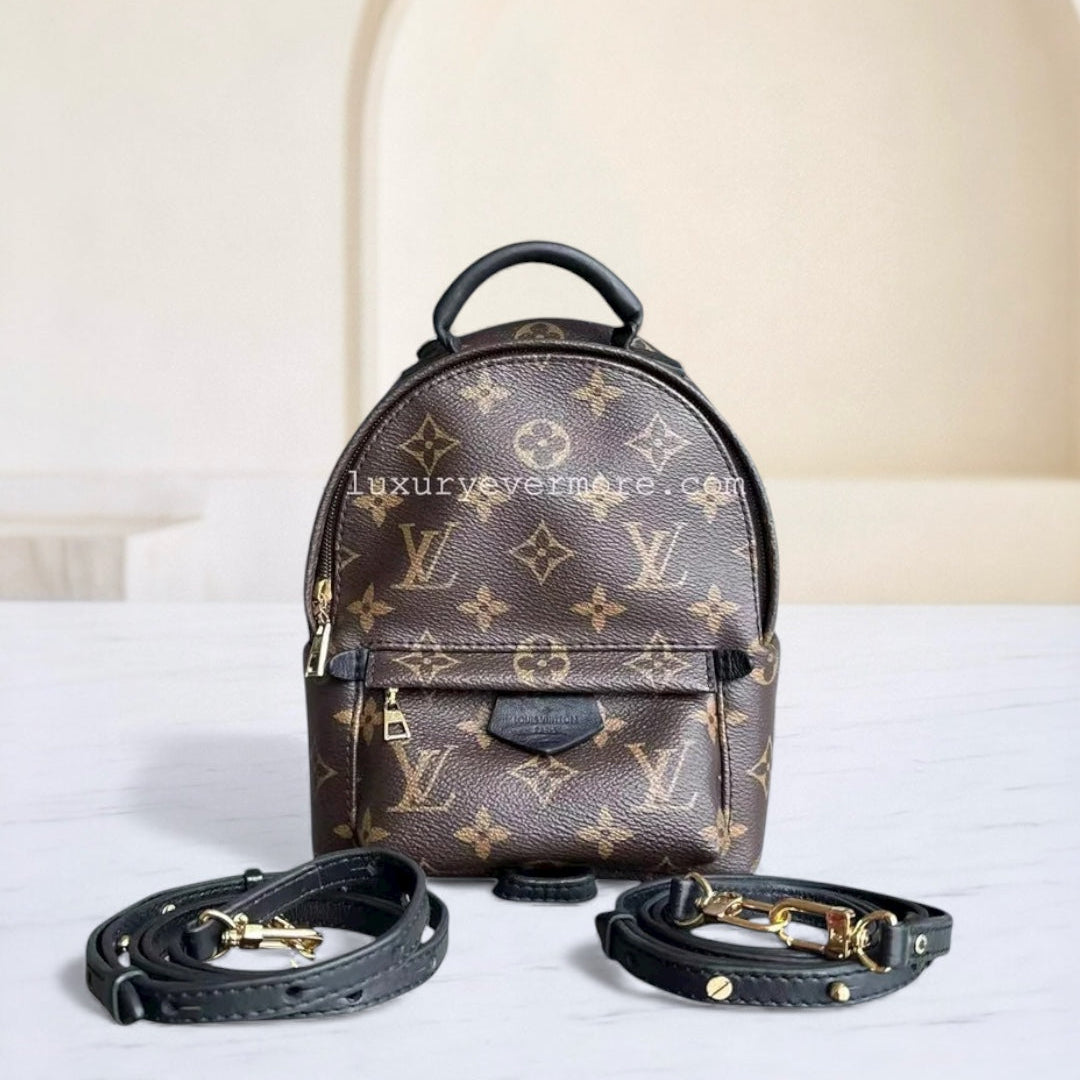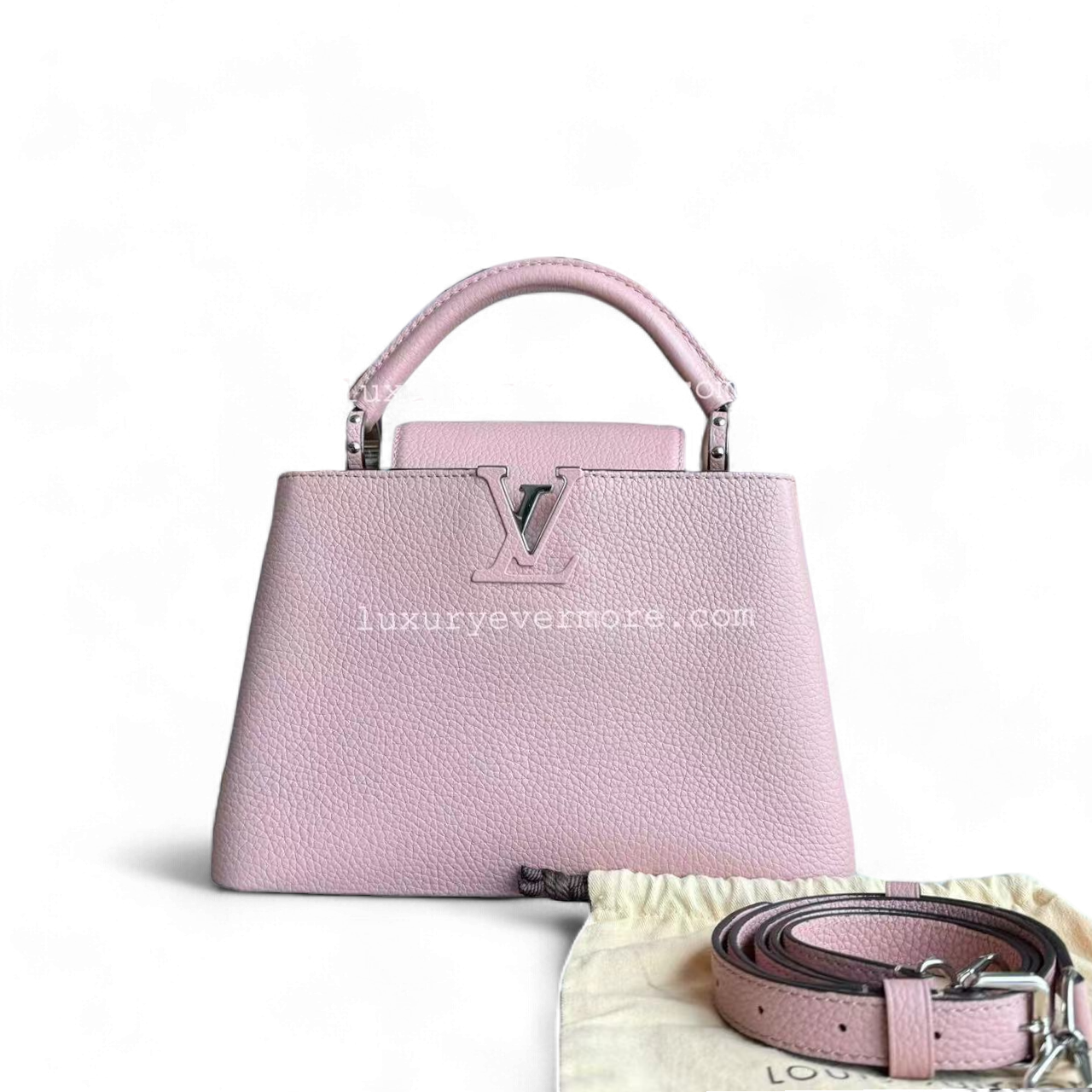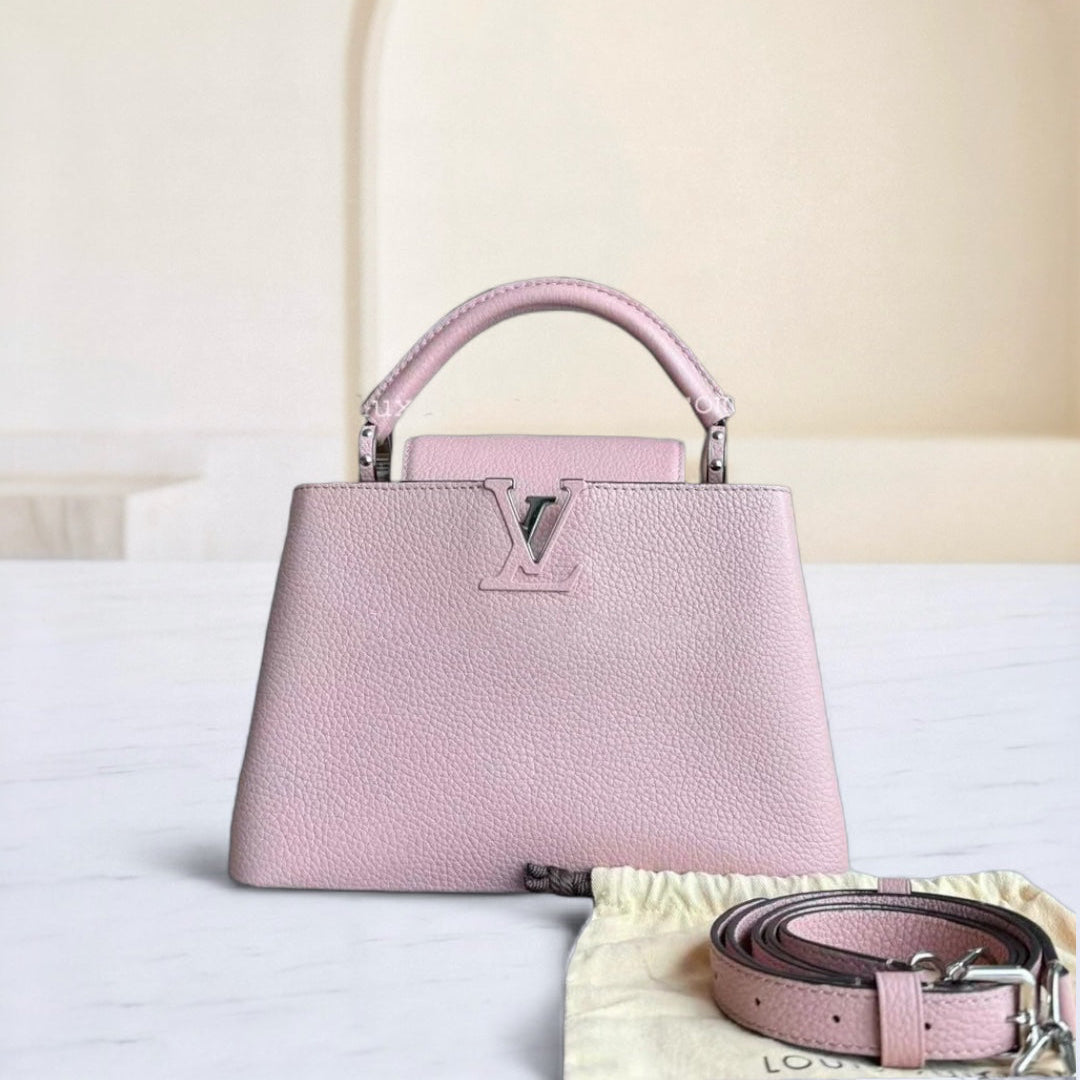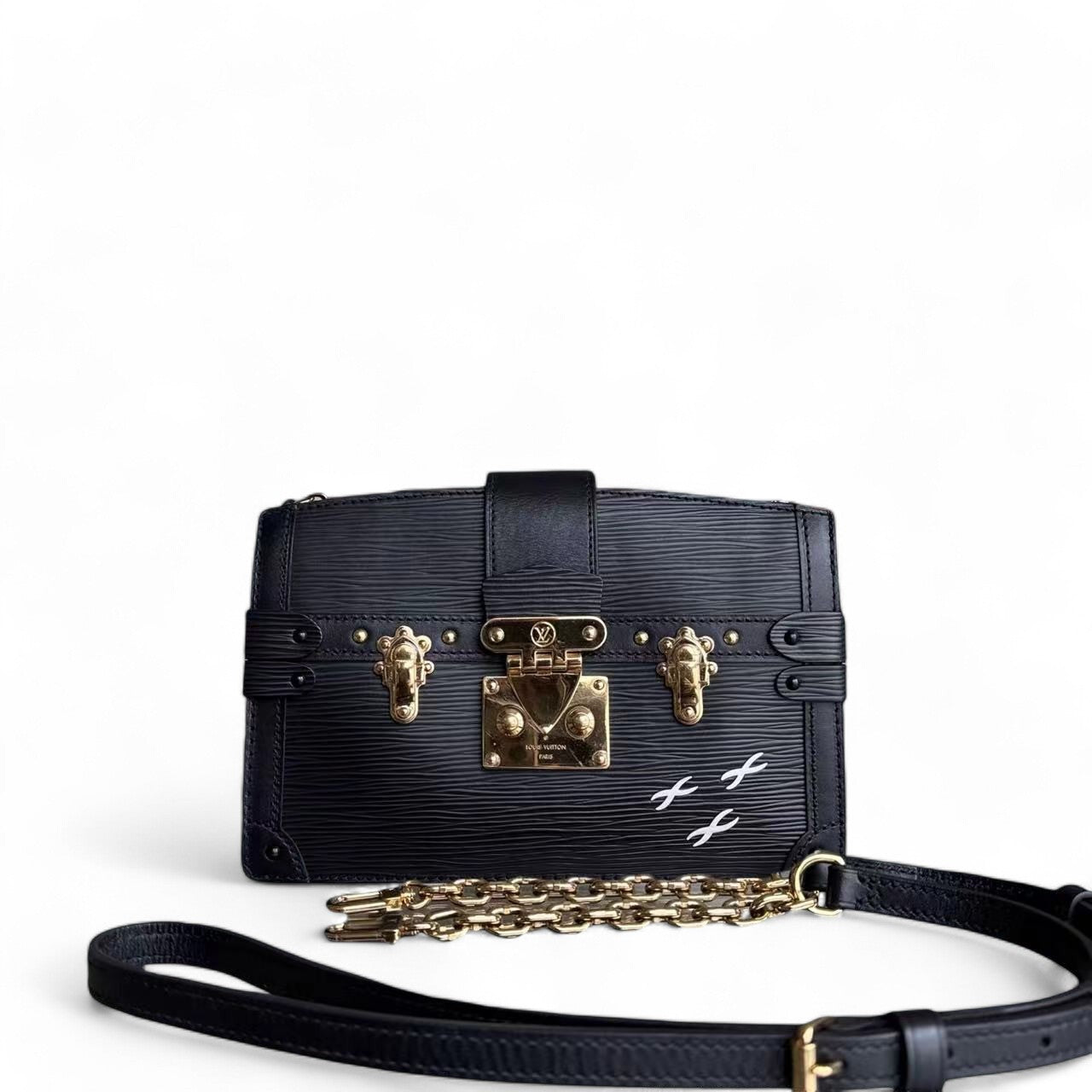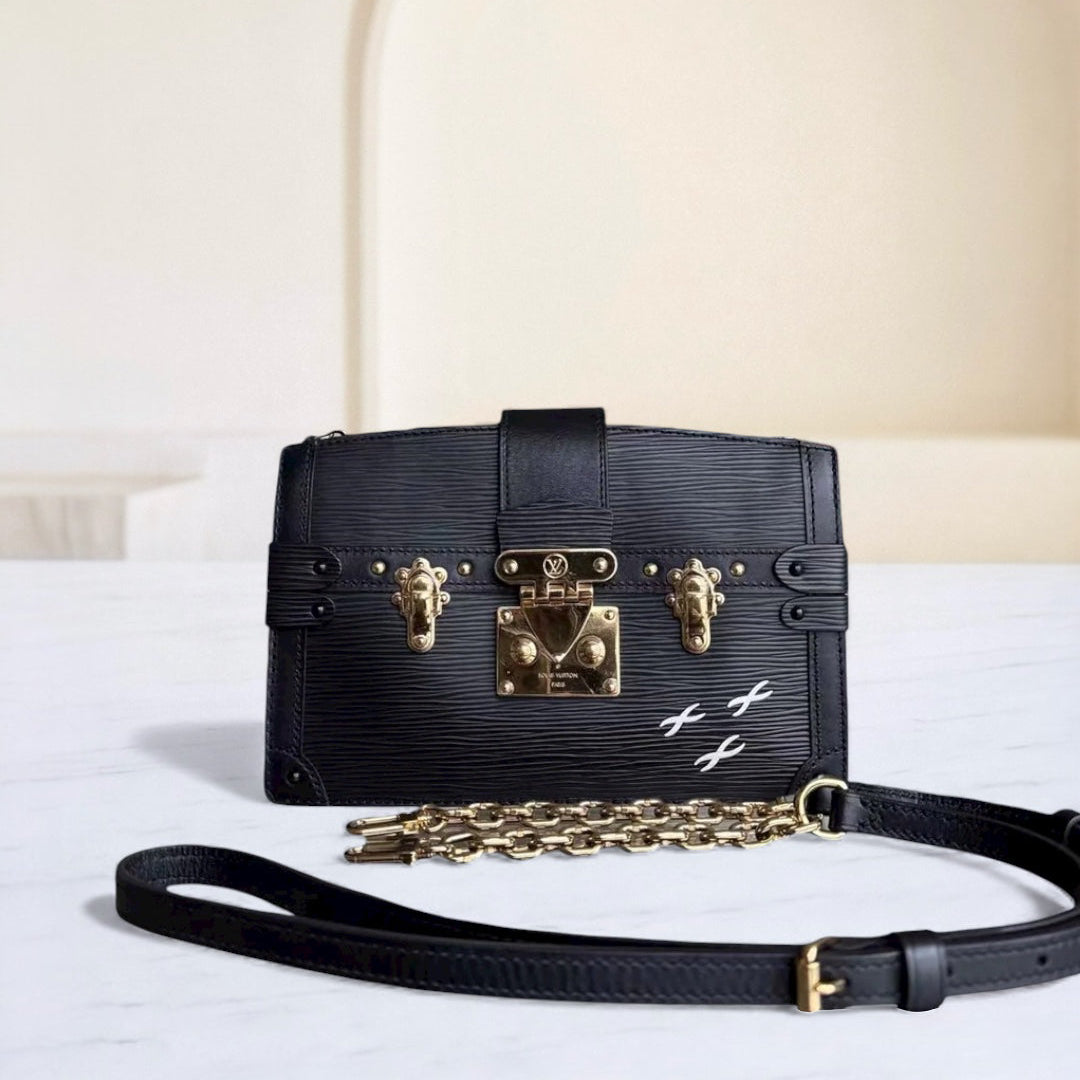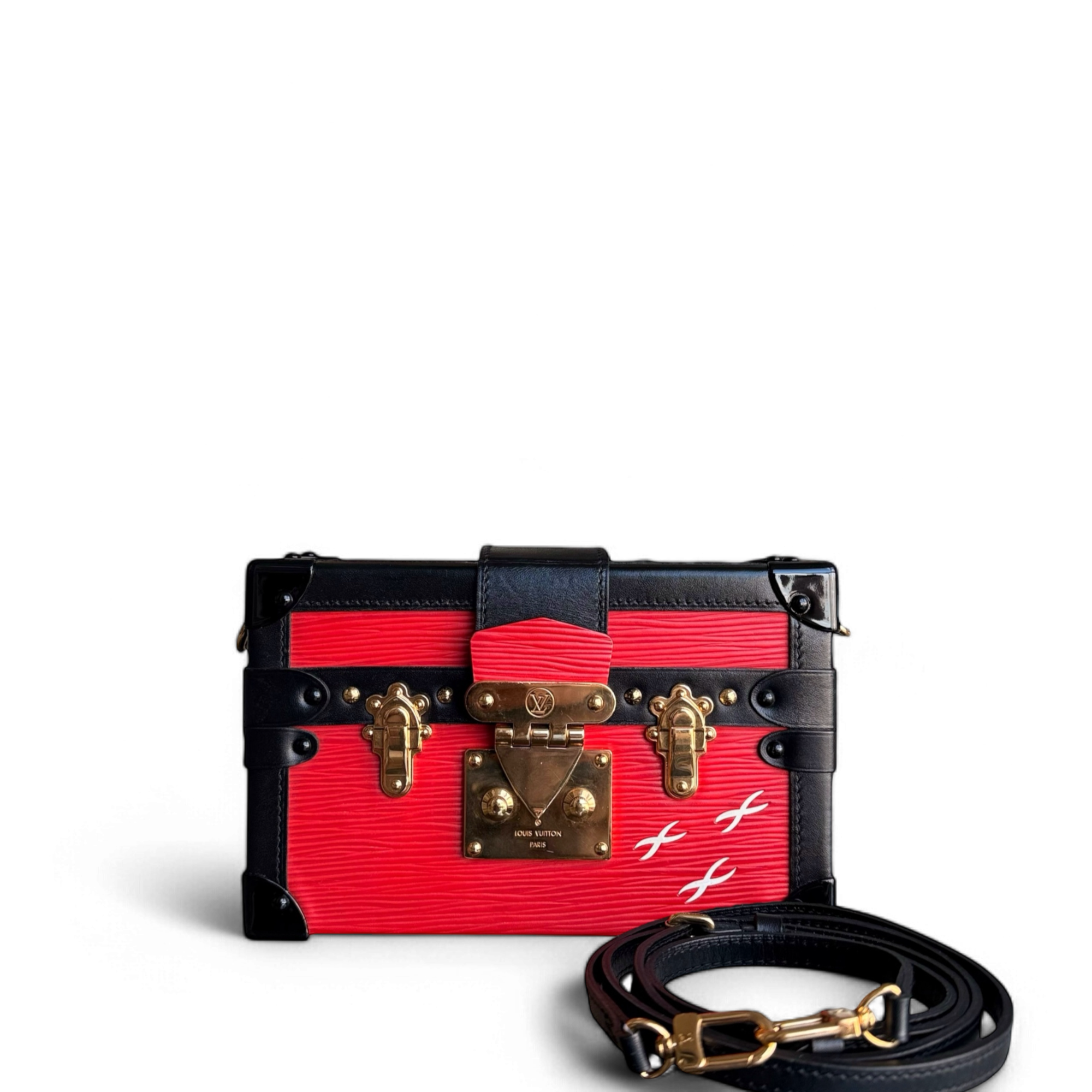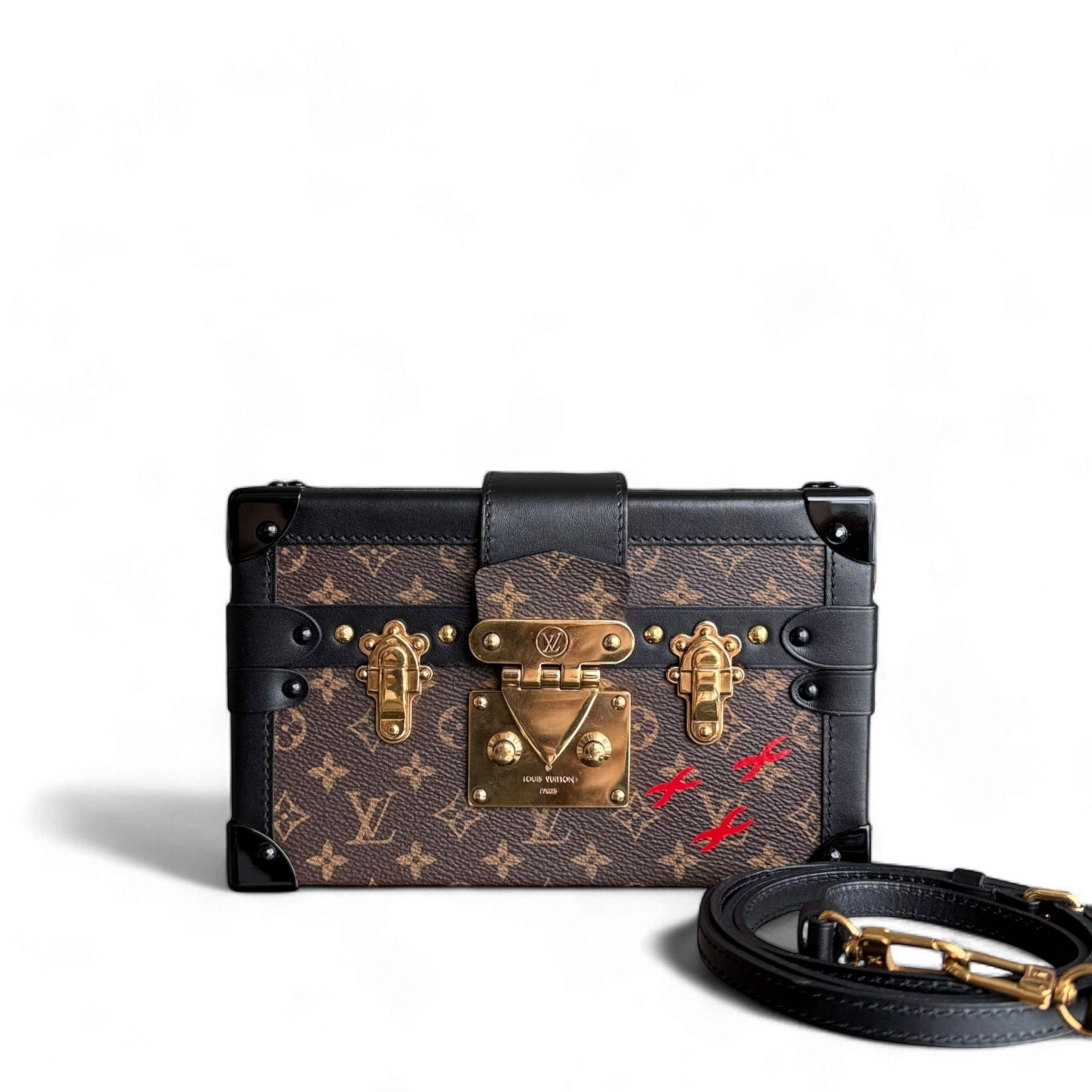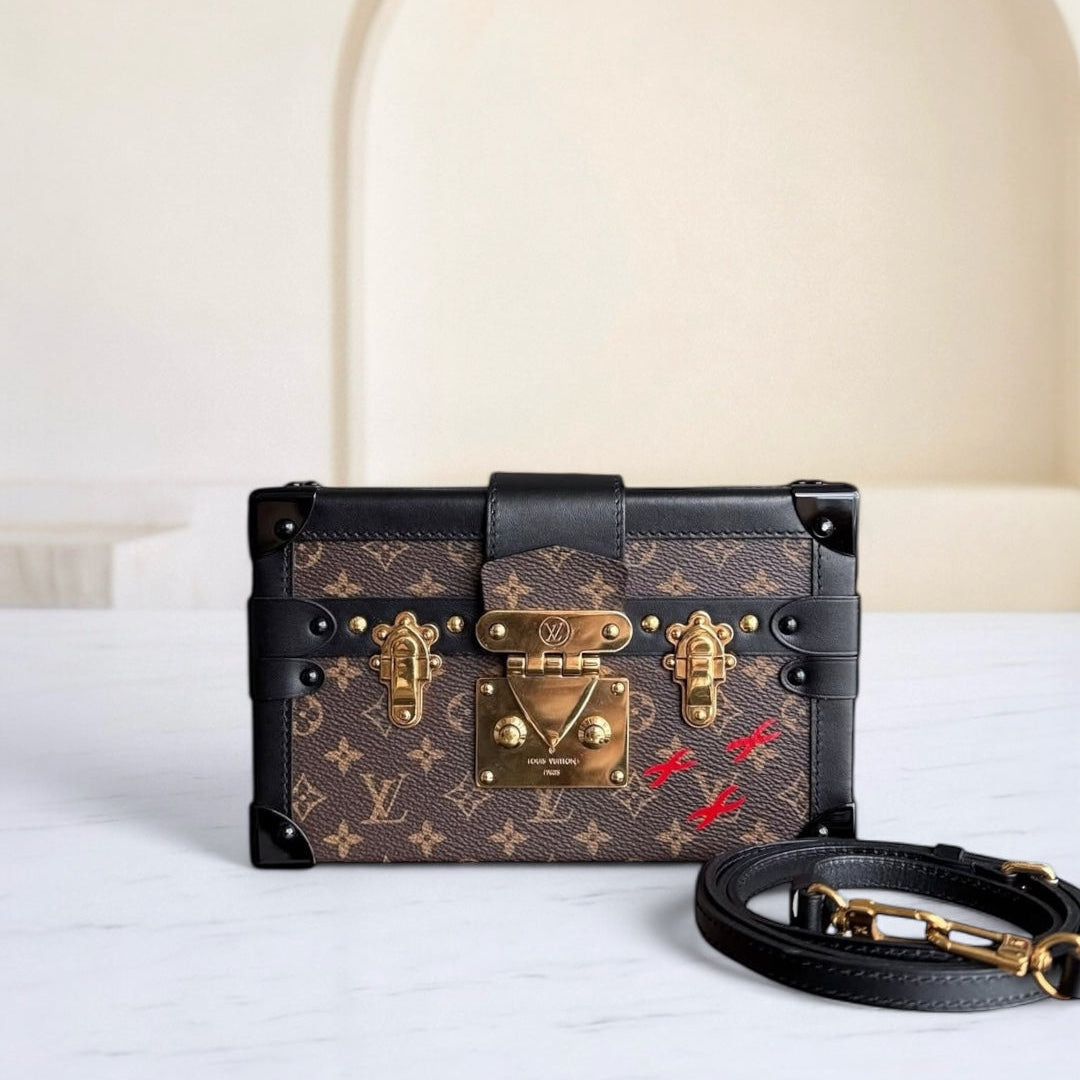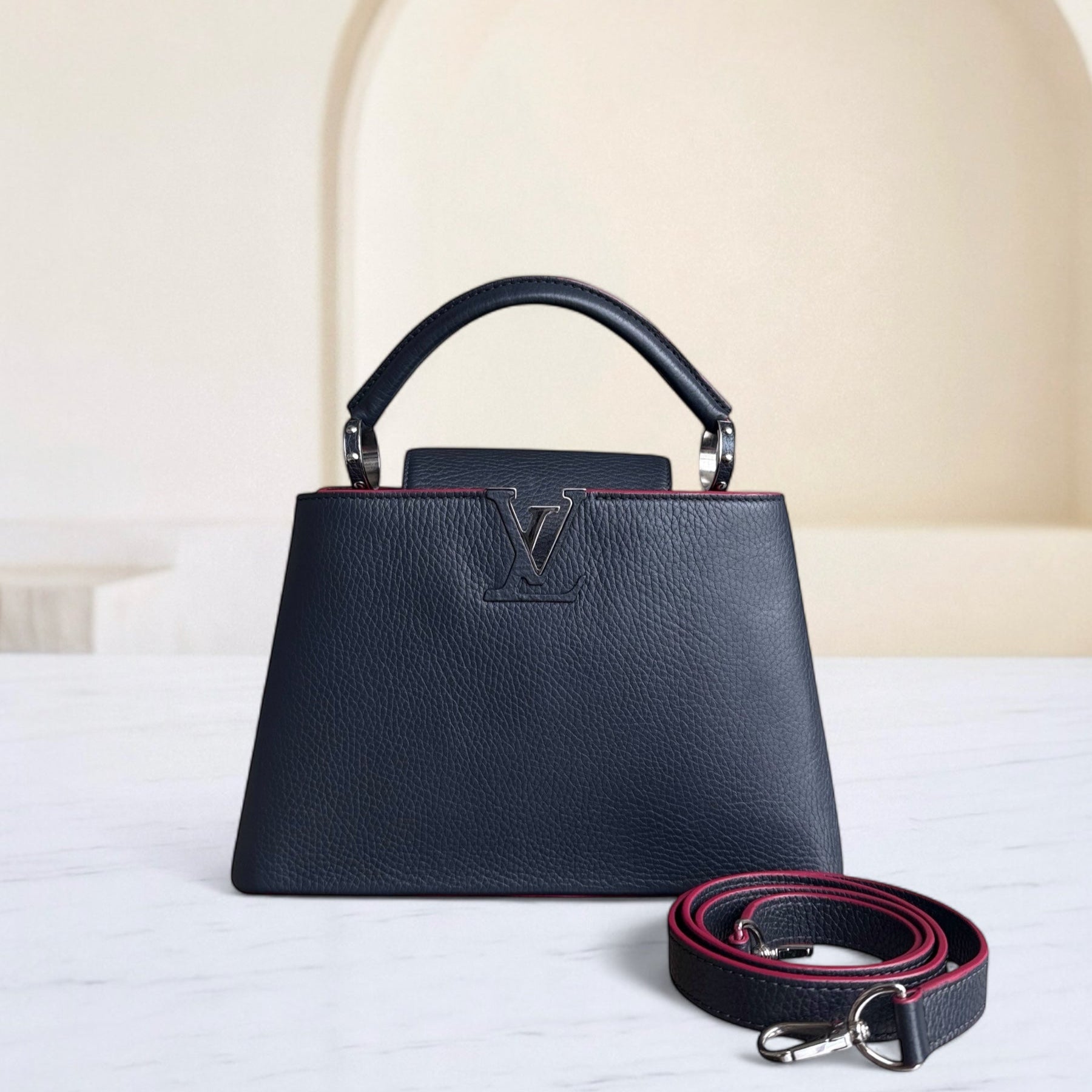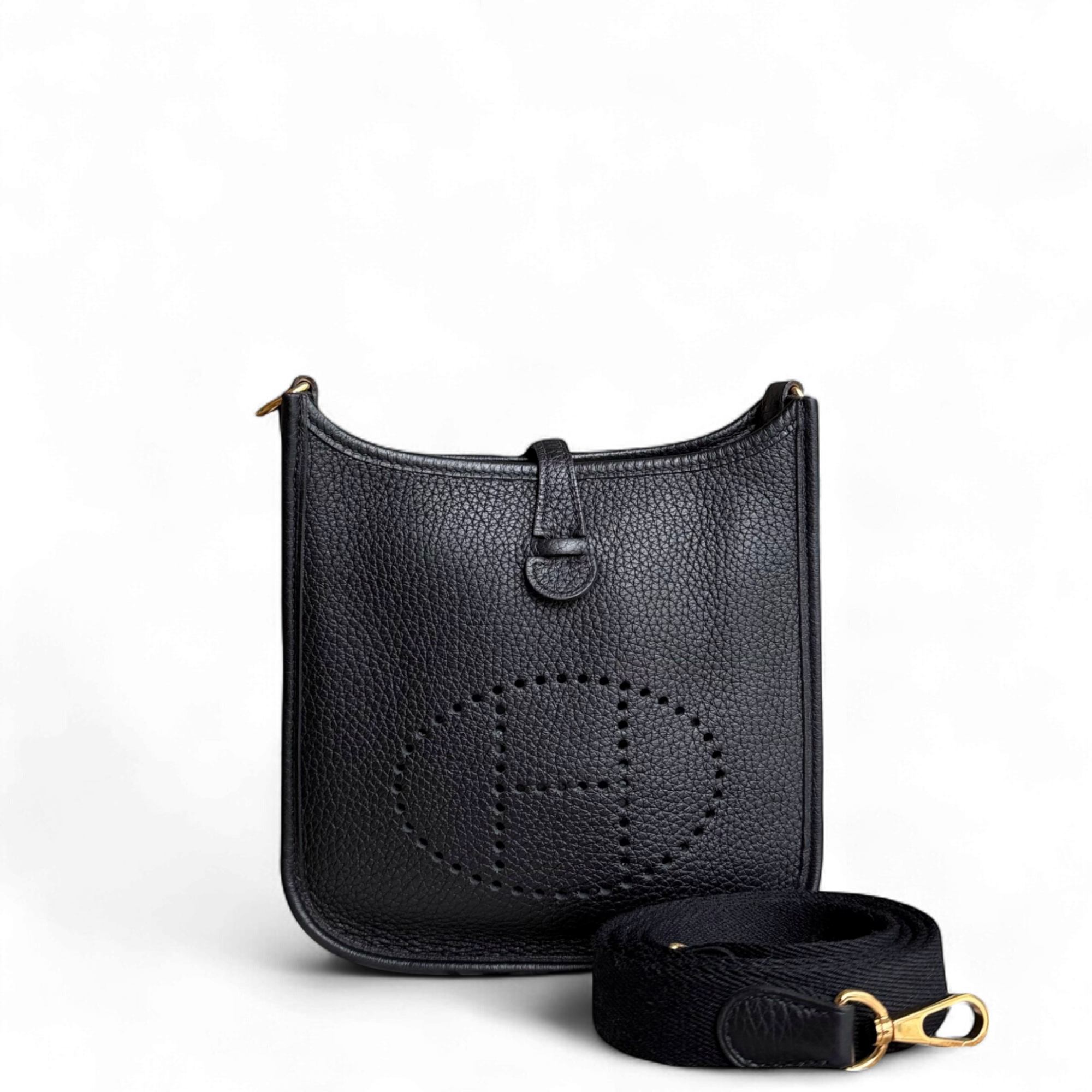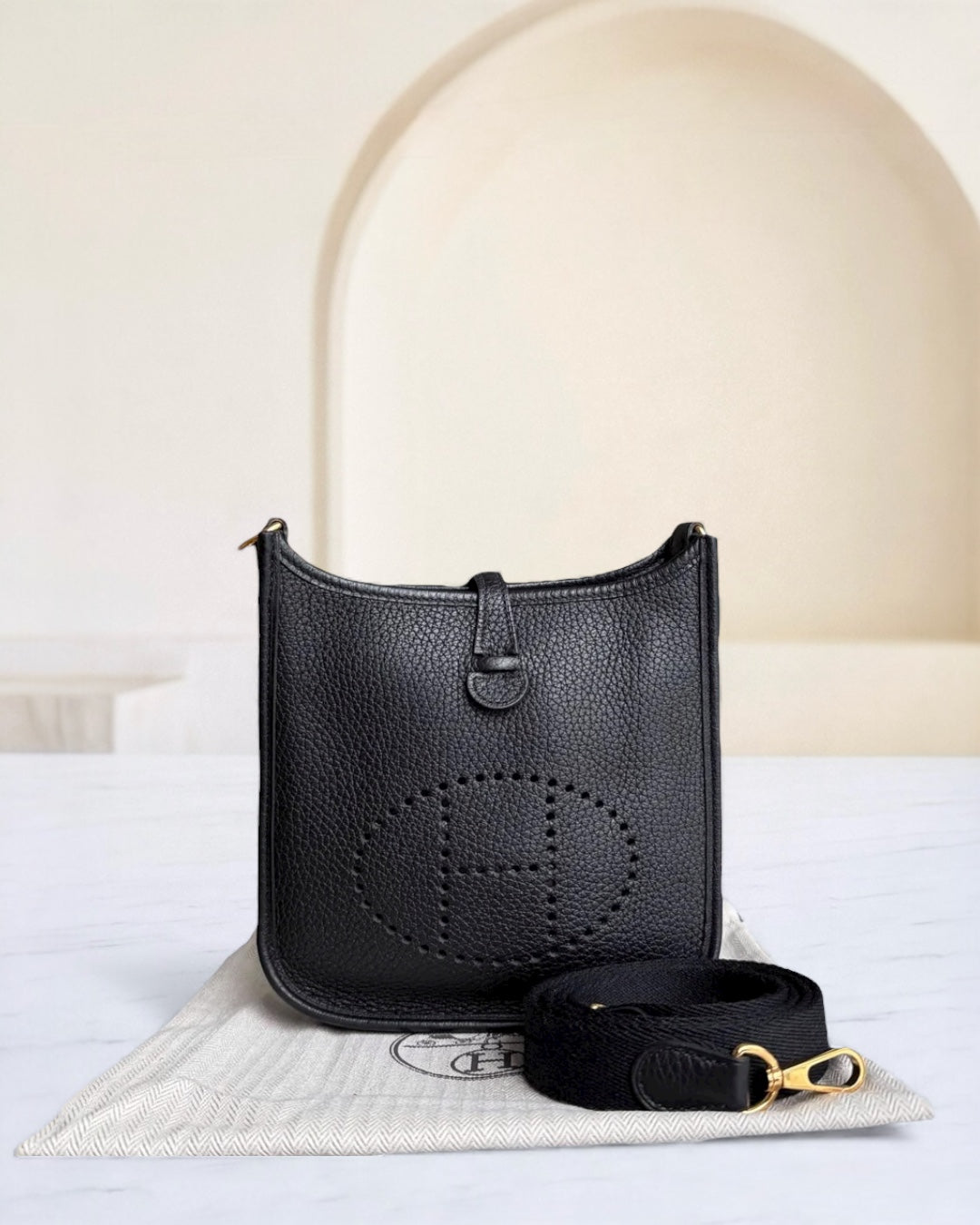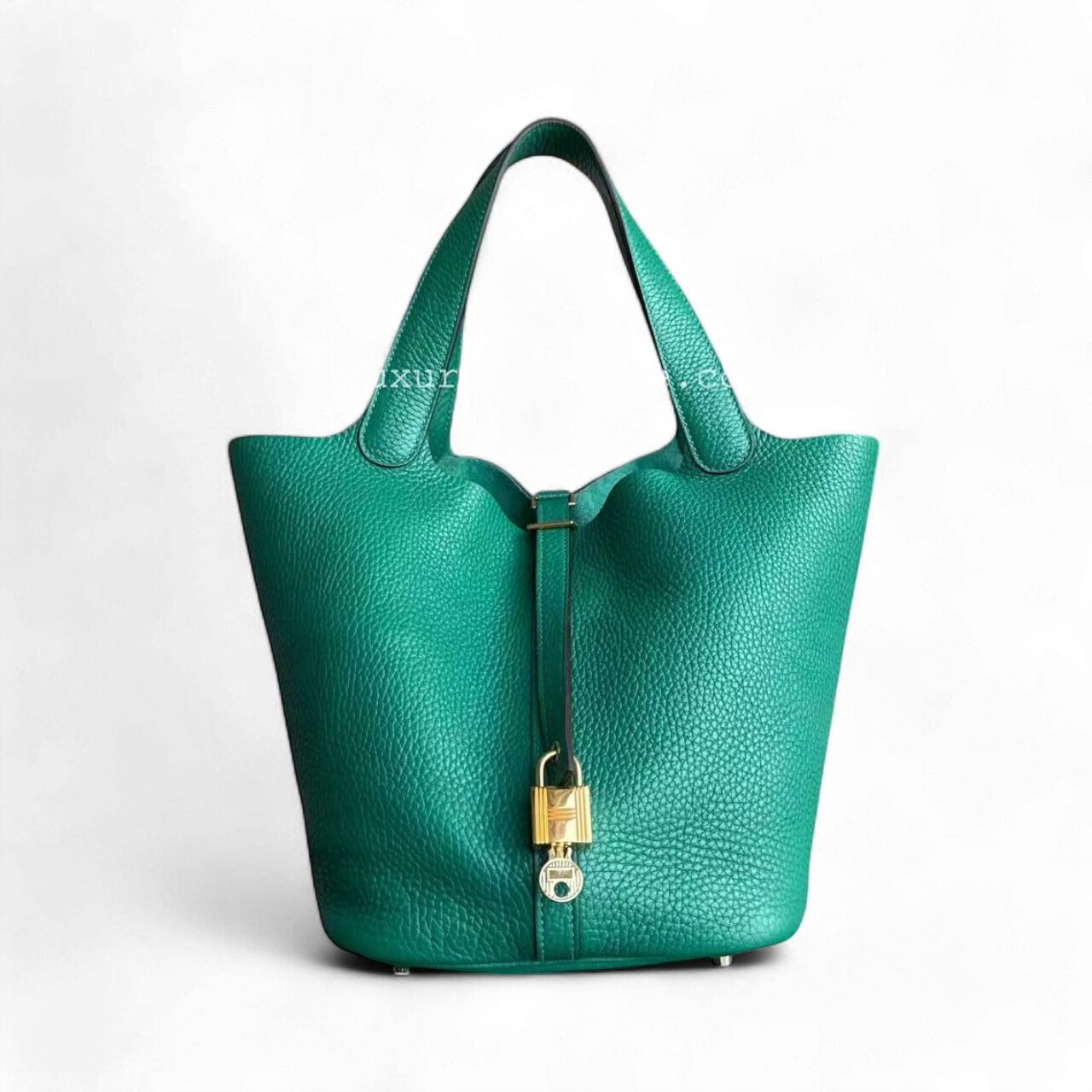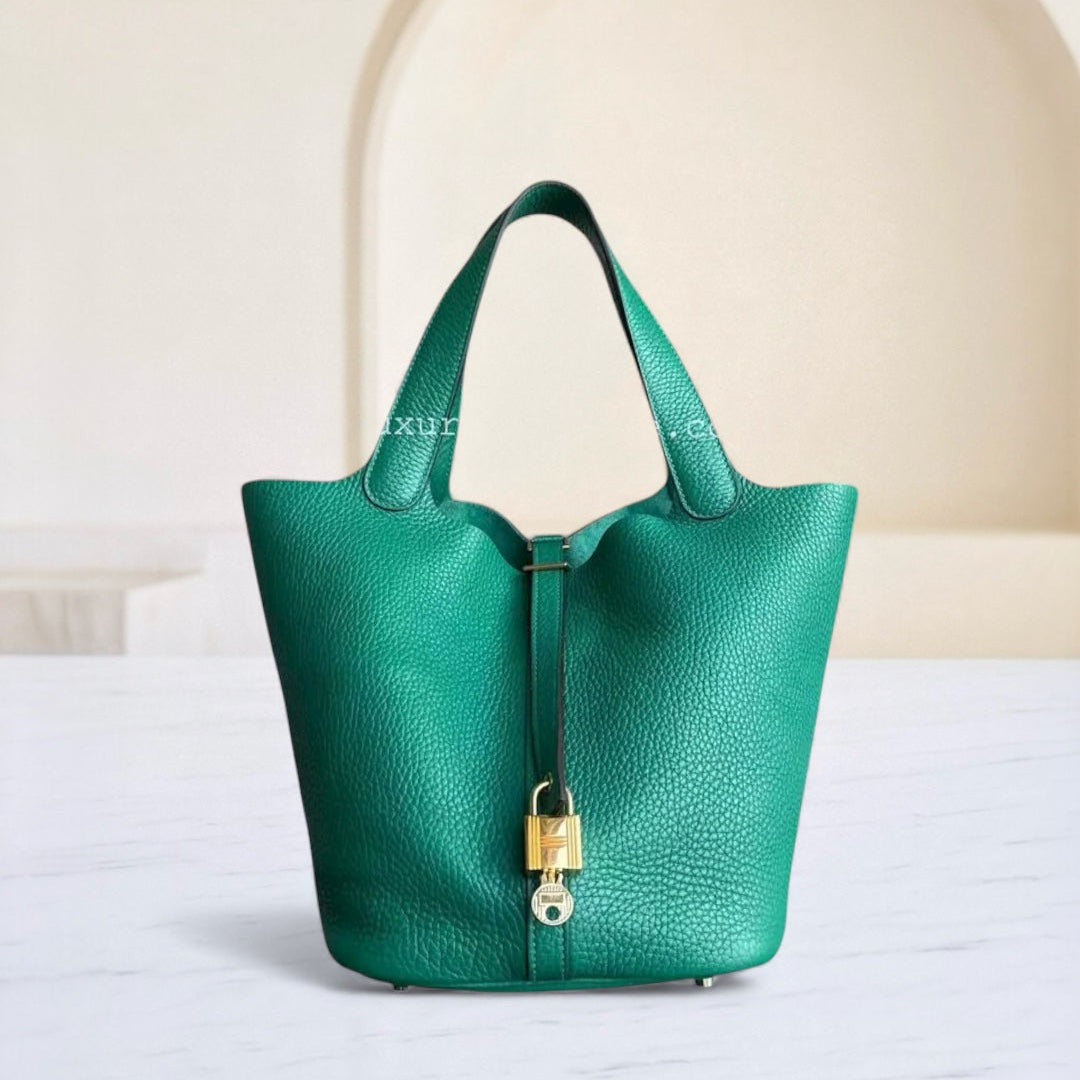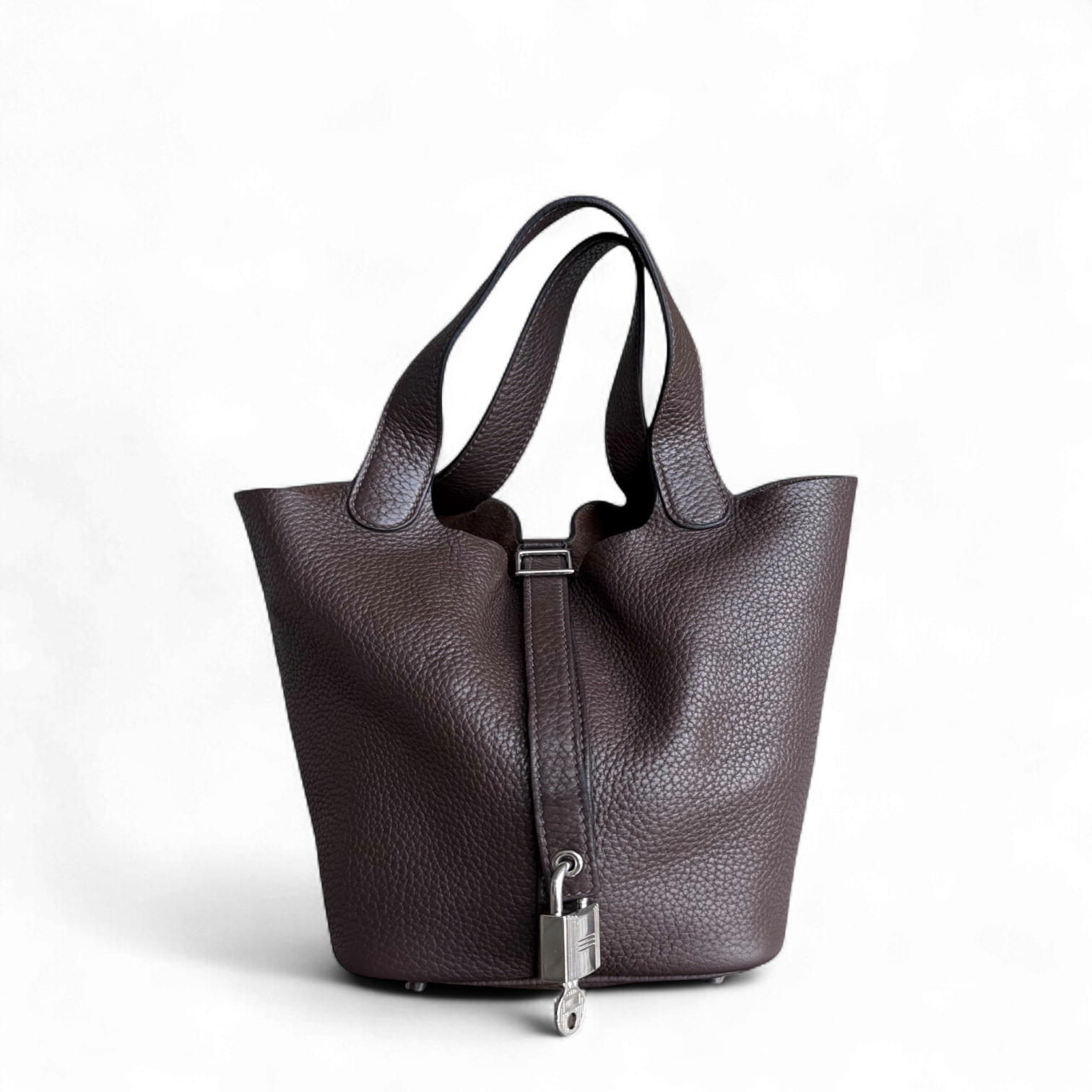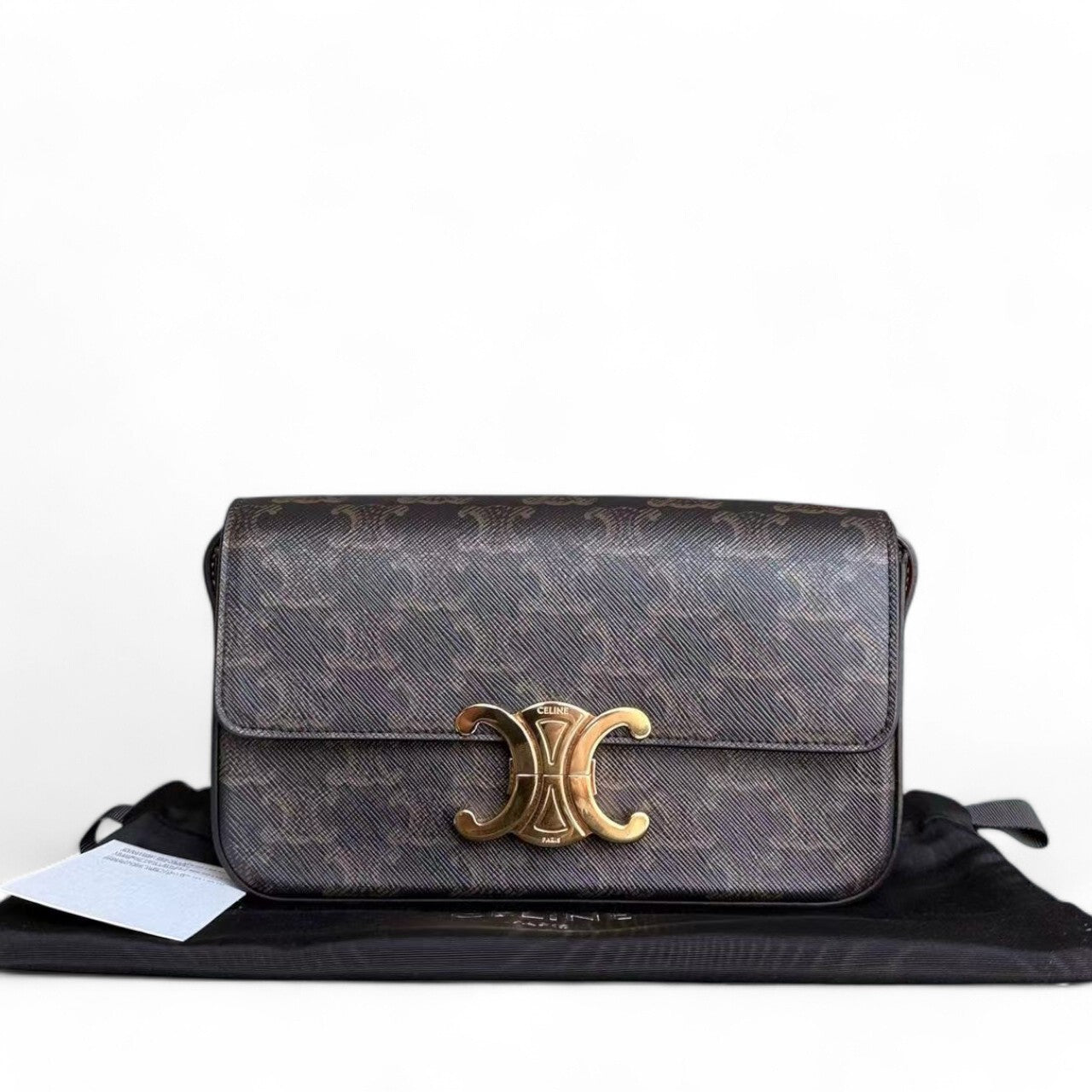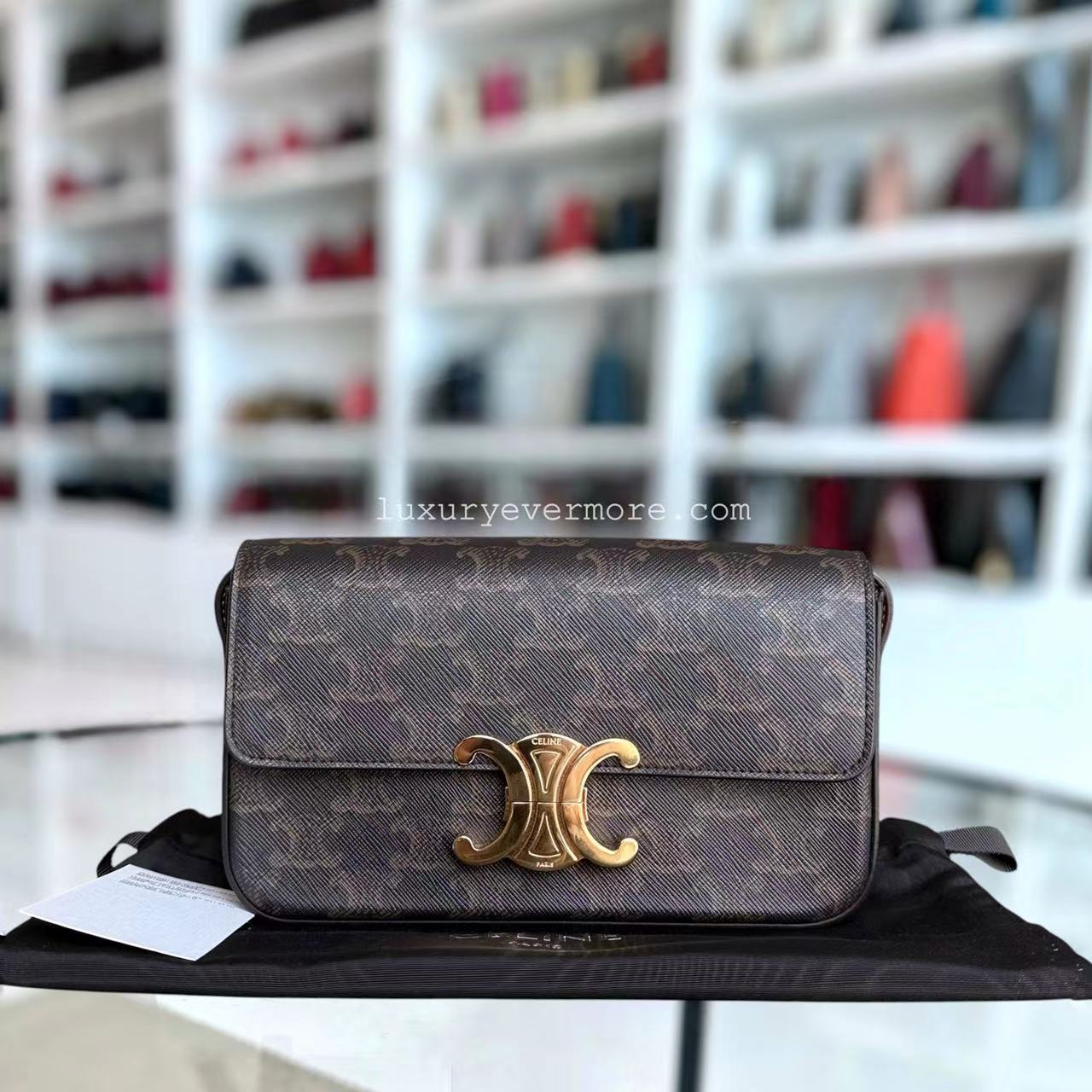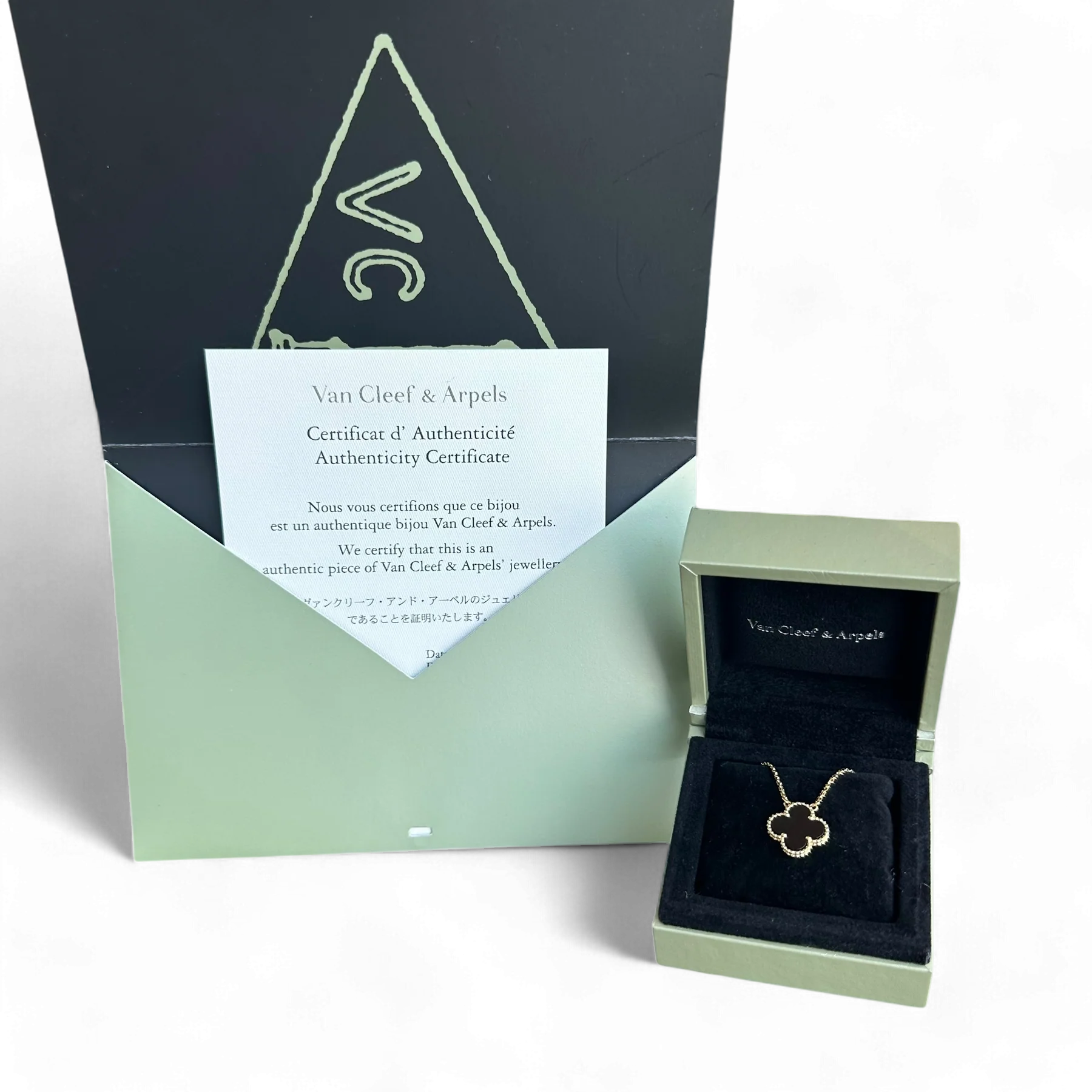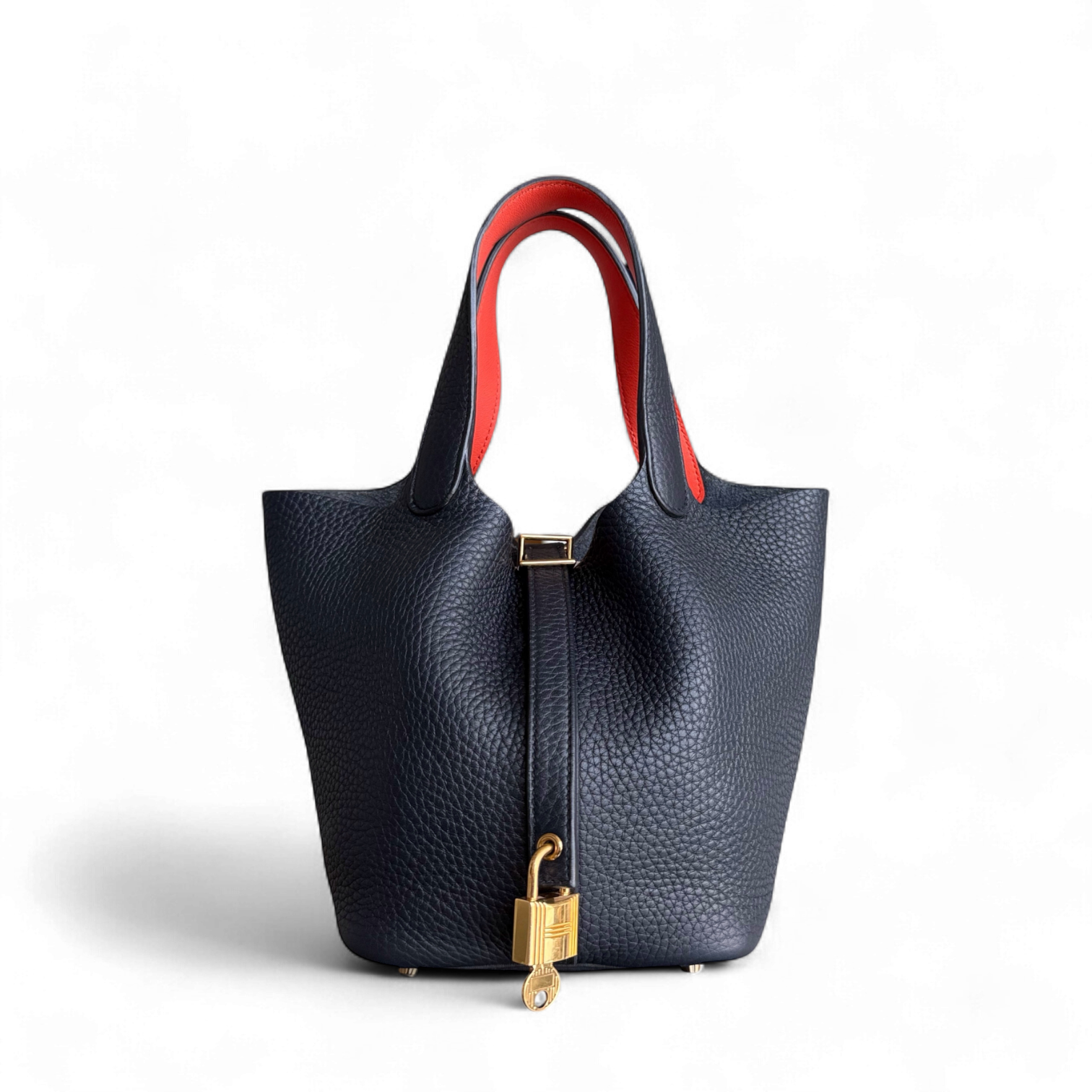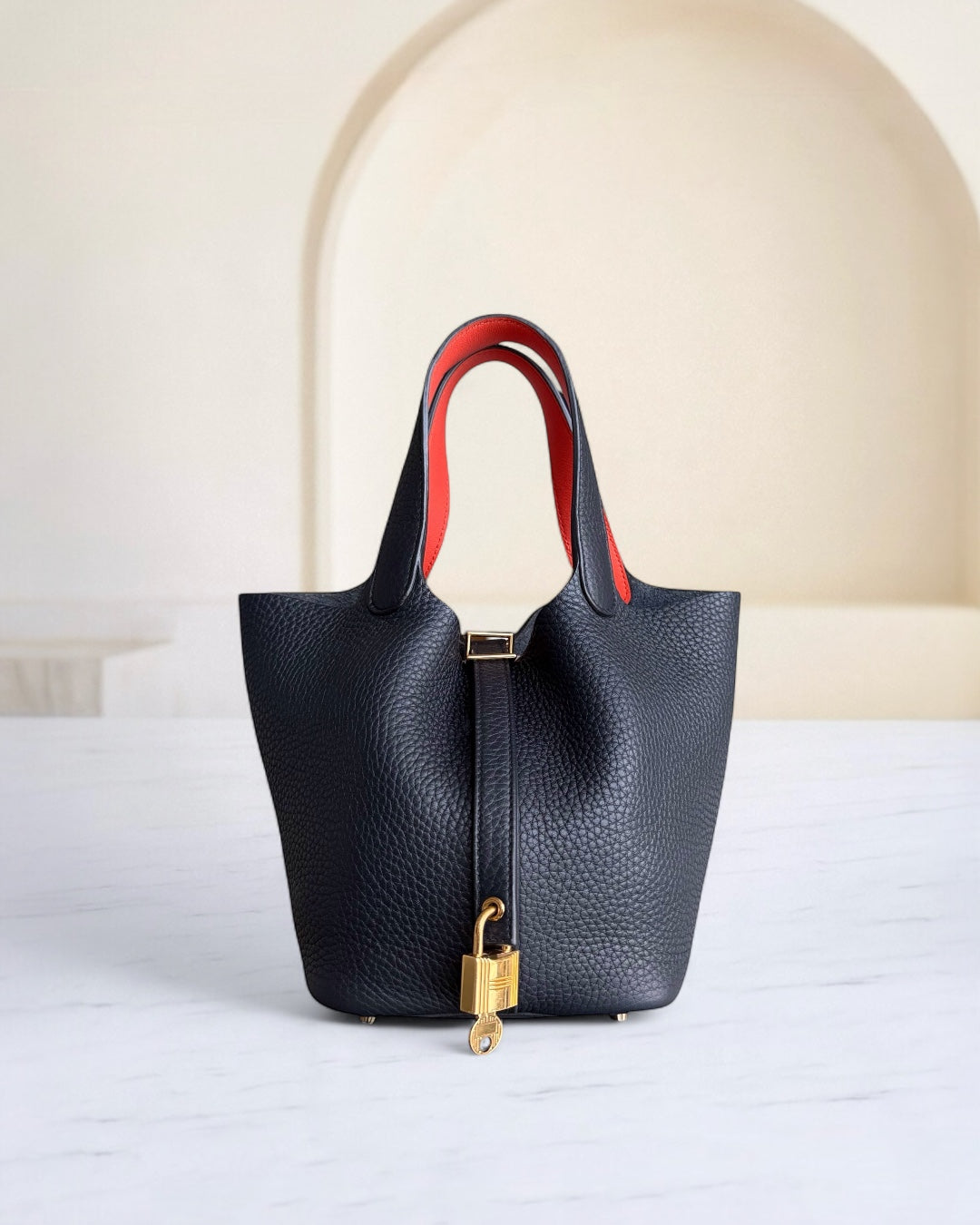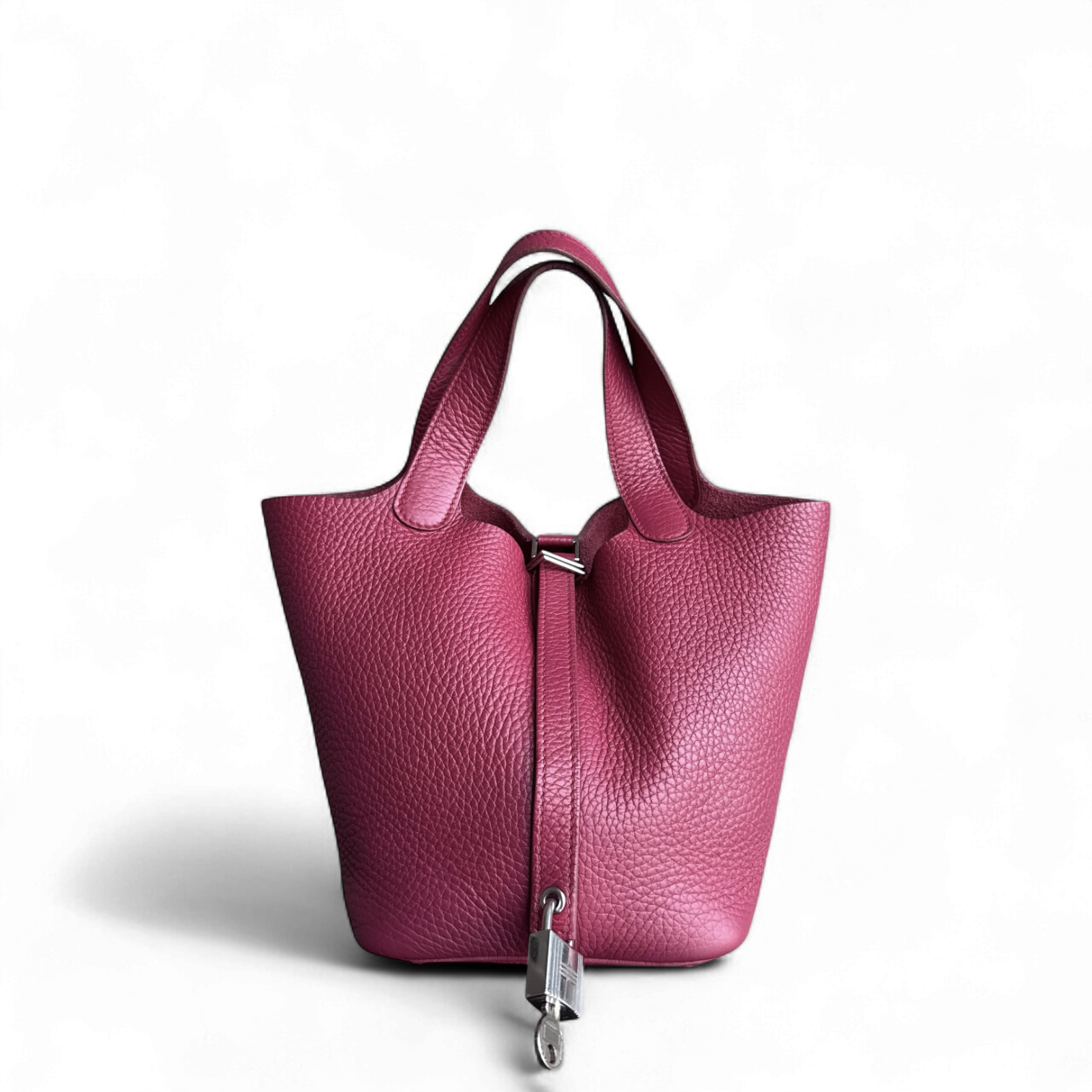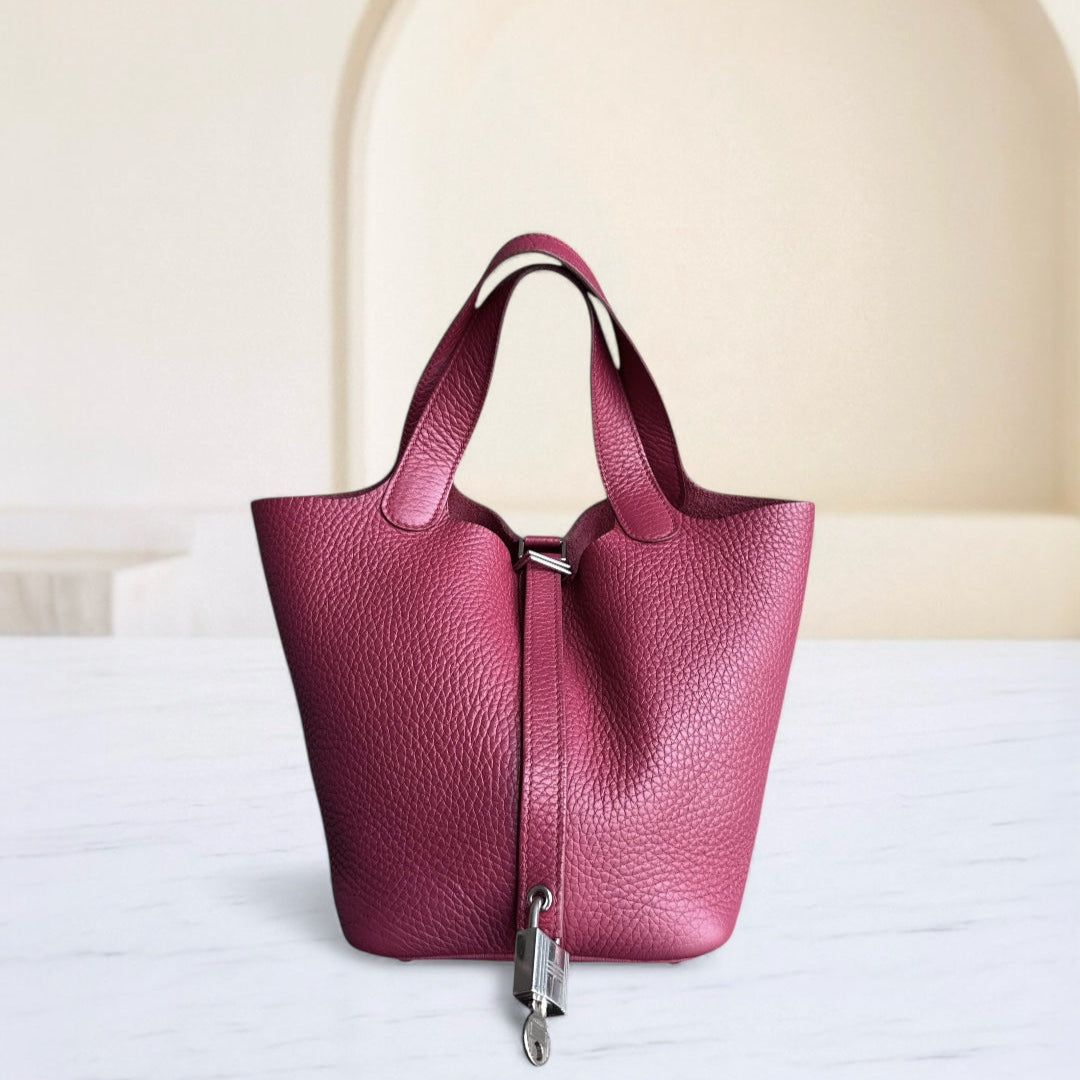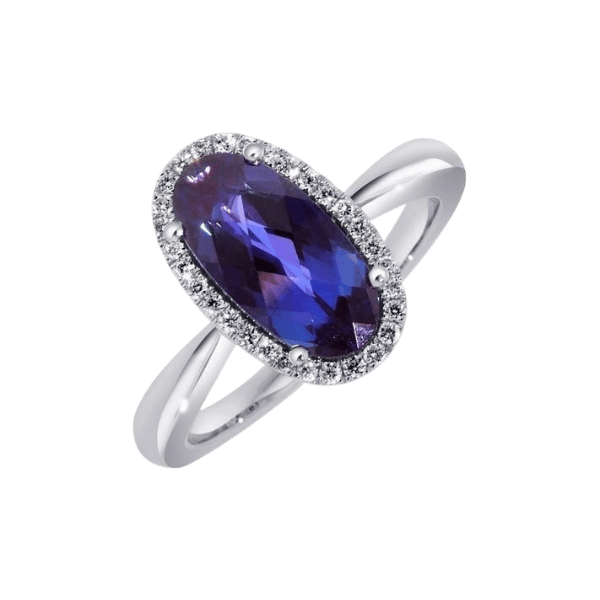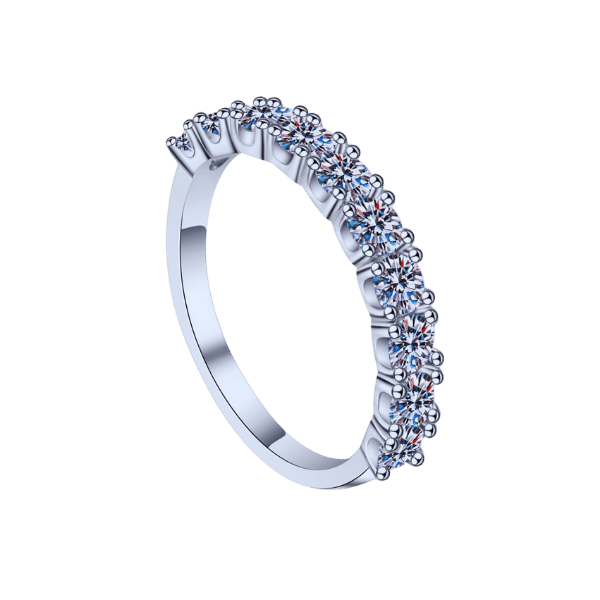Cartier vs Tiffany: A Comprehensive Comparison of Luxury Jewelry Brands
When thinking of luxury jewelry, few names possess as much worldwide recognition and respect as Cartier and Tiffany & Co. These brands and their products evoke images of exemplary craftsmanship, eternal elegance, and a legacy spanning years of association with royalty, Hollywood celebrities, and a discerning clientele. However, whereas both brands have been recognized for their uncompromising quality and innovation, they ultimately differ significantly in their design philosophies, products, and brand personalities. This article aims to explore the entirety of Cartier and Tiffany's legacy, craftsmanship, and significant collections, as well as customer perception, and provide you with some clues as to how these two giants of fine jewelry truly compare. Whether you're on the path to choosing your next heirloom or simply want to stay informed about jewelry culture, this comparison guide will offer an unbiased look into these two powerhouses of grandeur.
Introduction to Cartier and Tiffany

Cartier and Tiffany & Co. are among the most established names in the luxury jewelry industry, each celebrated for its superior craftsmanship and timeless designs. It was founded in Paris in 1847; Cartier is known for its exquisite designs and association with notable names, including the famous Love Bracelet and the Panthère Collection, among others. Tiffany & Co. is renowned for its distinctive designs, including the Tiffany Setting for engagement rings, and for offering the finest diamonds. This legacy dates back to the company's founding in 1837 in New York. Both huge names represent cutting-edge design and quality for their clientele, who desire elegance and exclusivity in their jewelry.
Significance in the Luxury Jewelry Market
The luxury jewelry market, with its exclusivity, craftsmanship, and premium materials, stands in stark contrast. Cartier and Tiffany & Co., as well as designers of this magnitude, are trendsetters in the industry, known for their exceptional design and innovation. Their products represent status and elegance; however, they remain the finest investments, whose value often appreciates over time. By creating pieces that stand the test of time and forever associating them with a brand's heritage, these houses have consistently retained the glamour of the great, attracting connoisseurs worldwide.
Overview of Brand Heritage
Both Cartier and Tiffany & Co. boast rich cultures that contribute to their high reputation worldwide. Cartier was established in 1847 and is celebrated for its revolutionary ideas in creation and iconic production with collections like Tank and Love. Its heritage rests on the axes of innovation and service to royalty, hence the expression, "The Jeweler of Kings." On the other hand, Tiffany & Co. was established in 1837 and is known for its now-classic blue box and cult-like assertion of purity in quality, particularly relating to diamonds and sterling silver. These brands have thrived due to an unbroken chain of excellence, distinctive design languages, and a dedication to timeless design.
Current Trends in Consumer Preferences
Anything symbiotic with nature sustains the power to capture the hearts of contemporary consumers, who prize sustainability, quality, and personalization when making purchase decisions. A general desire exists in the upscale markets of fine jewelry for well-meaning products, where united brands source in ways they claim to be ethical and thus must respect the natural world. Furthermore, customers are those who highly crave purely ethereal creations, as well as custom settings that reflect their unique tastes and values. The concepts of transparency and authenticity form the backbone of trust that brands use to establish a connection with scrutinized buyers seeking to align themselves with companies in terms of ideology and practice. Putting conscious recognition above indiscriminate buying and establishing meaningful stories around the brand stands as evidence of these trends.
Design Style Comparison

Cartier's Iconic Aesthetic
Cartier's design vocabulary is characterized by elegance, sophistication, and timeless craftsmanship. Known for its clean lines and well-thought-out balance in proportions that gave prominence to the smallest details, Cartier deftly combined the elegance of classic designs with a more modern attitude. By way of example, since the second decade of the 1900s, the "Panthère de Cartier" has been an unbreakable symbol, exemplifying how the house masterfully blends animalistic grace with artistic precision.
Cartier's key design points are the use of the finest elements, such as platinum or exceptional gemstones, which impart lasting value to its collections. An example is the Tank watch, which first debuted in the world in 1917 and remains one of the highest-selling models among Cartier's products. With its rectangular case and clean, sans-serif design, it has undergone various renditions over the years to maintain its relevance, having indelibly carved an icon into the history of watchmaking.
Cartier applies modern ideas to fit contemporary preferences. New initiatives such as the use of sustainably sourced materials and offering customized designs are aligned with consumer interests of today. With revenues soaring into billions every year, Cartier has blended heritage and modernity to establish itself as a leading name in the luxury market.
Tiffany's Signature Elegance
Globally recognized for its classic elegance and refined workmanship, Tiffany is synonymous with sophistication. Founded in 1837, the company has always led the luxury jewelry landscape with its pioneering concepts. In fact, the distinctive robin’s egg blue-colored packaging from Tiffany is instantly recognizable. Tiffany is considered a top contender in the luxury jewelry sector, and Tiffany & Co. earns over $4 billion annually, indicating its widespread acceptance across territories and strong consumer support.
From 1886 to the present, the Tiffany Setting has stood as an embodiment of individualistic visions, thereby upending traditional forms of engagement rings by mounting the diamond above the band, allowing for maximum light return and brilliance. Tiffany goes above and beyond the classics because the house embraces new technology and sustainability, with the latter responsible for meeting their goal for net-zero emissions by 2040, embodying the cultural values that accompany modern luxury brands. These collections, including engagement rings, pendants, and high jewelry, continue to be in high demand, demonstrating that Tiffany remains relevant to both the modern and traditional luxury markets. Through innovation, ethical commitments, and an unwavering respect for quality, Tiffany & Co. continues to remain a living emblem of class and exclusivity valued worldwide.
Notable Collections: Cartier Love vs Tiffany Engagement Rings
|
Parameter |
Cartier Love |
Tiffany Engagement Rings |
|---|---|---|
|
Key Pieces |
Bracelets, Rings, Necklaces, Earrings |
Solitaire, Pavé, Halo, Three-Stone |
|
Material Options |
Gold (Yellow, White, Rose), Platinum |
Gold (Yellow, White, Rose), Platinum |
|
Design Motif |
Screw motif, locking mechanism |
Classic, modern, intricate settings |
|
Symbolism |
Eternal love, commitment |
Love, elegance, timelessness |
|
Customization |
Engraving available |
Engraving, bespoke designs |
|
Price Range |
$1,280 - $11,900+ |
$790 - $23,500+ |
|
Target Audience |
Couples, luxury buyers |
Couples, luxury buyers |
Price Range Analysis

Understanding the Pricing Structure of Cartier
Cartier pricing reflects the brand's centuries-old tradition of craftsmanship, exclusivity, and the finest choice of materials. However, Cartier prices vary depending on the type of metal used, specifically whether it is yellow, white, or rose gold, or platinum; whether gemstones are involved; or the complexity of the design. A straightforward design, such as a classic yellow gold Love ring, sells for about $1,280. Much fancier opus of platinum)with diamond), or custom design, can run for upward of $23,500.
In turn, Cartier supports a tiered pricing structure, with basic products, such as wedding bands for well-to-do couples, and high jewelry appealing to the pinnacle of luxury buyers. Custom options, such as one-off designs or engraving, significantly increase the product value. The pricing depends on trends and the availability of precious minerals, as well as on the exclusivity of certain collections, making all items truly timeless investment pieces.
Tiffany's Price Points and Value Proposition
In terms of its diverse pricing framework, Tiffany & Co. aims to cater to the luxury buyer across various strata while upholding its brand prestige. Entry-level goods, such as sterling silver jewelry, are priced just above $150 and are considered affordable by youngsters or first-time buyers in the luxury segment, who are eyeing designer jewelry. The mid-tier market features iconic collections, such as Tiffany T and Elsa Peretti, which range in price from $1,000 to $10,000 and are crafted from 18k gold or fine-quality gemstones.
At a significantly higher entry point, custom diamond engagement rings and bespoke designs, well above $50,000, adorn Tiffany, where the highest tiers can obtain prices in excess of a million dollars, depending on carat weight, cut, and the rarity of the stones used. The exceedingly high cost is a testament to the rarity of the stones and to the craftsmanship for which Tiffany is famed.
The product value proposition relies intensely on timeless design, supreme quality, and the other big names in the industry: Tiffany and Cartier. Additionally, Tiffany's diamond expertise in sourcing ethically and sustainably enhances the value of its products. Additionally, Tiffany offered services such as a lifetime warranty, complimentary cleaning, and a certificate of authenticity to foster consumer confidence. These products are guaranteed to transform acquisition into a long-term investment rather than an expensive luxury.
Comparative Analysis of Wedding Bands and Engagement Rings
When comparing wedding bands and engagement rings, several key factors must be considered, including purpose, style, materials, and symbolism. The engagement ring is traditionally recognized by the difference in its feature stone, usually a diamond or precious gem, representing a promise and commitment. The designs tend to be more detailed, mainly categorizing designer jewelry with options such as solitaire, halo, or tri-stone. Wedding bands, on the other hand, are more minimalistic to complement the engagement ring. They represent the everlasting bond of marriage and are thus worn on either hand by the spouses daily.
From a material perspective, these jewelry choices are crafted from metals that can withstand the rigors of everyday wear, including gold, platinum, and palladium. Considering the weight of the metal and gemstone, engagement rings usually have more carats and bigger stones than wedding bands, which may be accented with smaller stones or a simple band for an elegant touch. Market data confirms a growing trend among music and alternative material choices for wedding-band sets, including titanium or lab-grown diamonds for personalized appeal.
The price adds a critical point in distinguishing between the two. Due to the finer workmanship and the central masterpiece, an engagement ring is significantly more expensive, costing an average of more than $5,000 in 2023 for a conventional diamond ring. Wedding bands typically cost considerably less than engagement rings; the average design ranges from $400 to $2,000, depending on the materials and possible customizations.
Ultimately, it is life, personal preference, and the current trend that dictate specific designs and materials for these symbolic pieces; endless opportunities should be given to couples to develop meaningful representations of their love and commitment.
Quality of Materials and Craftsmanship

Cartier's Approach to Material Quality
The materials that Cartier deploys in the making of their jewellery have an old-time reputation for being highly valued and combine glamour with superb sturdiness. For instance, 18-karat gold and platinum, both considered the finest metals by Cartier, are, in its opinion, lustrous and stylish. Its chosen precious stones—the diamonds, emeralds, and sapphires—are of the highest quality, checked against international standards such as the Kimberley Process for diamonds, ensuring they are ethically sourced.
The Maison's pursuit of excellence is further reflected in the precise crafting processes that are followed in making each piece, which aim to minimize the presence of impurities and defects. The type of materials the company uses ensures that their integrity is maintained over the long term, meaning they are equally credible in both appearance and structural considerations. This commitment to the finest quality has been instrumental in establishing Cartier as a world-class brand in the realm of sophisticated jewelry and timepieces.
Tiffany's Commitment to Craftsmanship
Quality and attention to detail have been the very core of the craft tradition on which Tiffany & Co. is founded. Tiffany & Co. is involved in a highly transparent process: superior quality materials are selected from suppliers holding certificates for ethical and sustainable supply. Jewelry making demands great precision and artistry; in their hands, it is an art perfected over many years. For instance, well-known Tiffany diamond rings have been historically cut to exact proportions to enhance all aspects of the diamond's brilliance, fire, and scintillation. In addition, Tiffany is among the few jewelers worldwide that have the processes of diamond cutting set up in their own workshops, thus giving them absolute control over the cutting and polishing matters of prioritizing the creation method. Their innovative search provided them with opportunities to utilize new techniques, such as laser engraving, for securing and personalizing settings without damaging the stones. This thorough approach to the art of making jewelry made Tiffany & Co. a leading name in luxury jewelry, underpinned by the highest standards of world-class excellence.
Insights into resale value for the two brands
Tiffany & Co. and Cartier—both under the banner of fine jewelers—are among those that have historically provided unsuspecting buyers strong resale opportunities. Tiffany & Co. carries the weight of some of the most iconic brands in the world, coupled with craftsmanship that drives higher demand in the secondary market. Pieces from the signature collections, such as the Tiffany Setting or Legacy collection, retain a significant portion of their original retail value and, in some cases, appreciate in value. Purchases rise in resale value with higher grades of cut, clarity, carat weight, and even uniqueness in design.
From another perspective, Cartier is renowned for its timeless luxury and exclusivity. The enduring collections of the brand, such as Tank watches or Love bracelets, consistently command a premium in their own right on resale channels. The Love bracelet, in fact, is a true status symbol and retains up to 90 percent of its original value, depending on various conditions that may be present, such as the condition of the bracelet itself, the materials used, certificates, or the original box. Pieces that come from haute joaillerie or that have very unique designs may, in some instances, increase in value during the course of time, particularly when these pieces are older or no longer in production.
Due to their legacy, craftsmanship, and name recognition, both brands possess strong resale value. Collectors and investors alike regard items from Tiffany & Co. and Cartier not only as symbols of high status but also as secure assets within the luxury market.
Brand History and Evolution

Establishment and Key Milestones of Cartier
Cartier was set up in 1847 by Louis-François Cartier in Paris. Initially, it was a jewelry workshop, but the name gained great esteem between 1850 and 1874 due to its quality craftsmanship and innovative design. In 1904, Cartier's idea of a royal title was conceived when King Edward VII reportedly referred to the brand as "the jeweller of kings and the king of jewellers." Accordingly, this royal title had cemented the name Cartier as a foremost luxury jeweler, an image it still retains.
In Cartier's evolution, the setting of significant milestones is pushed back to 1904, when the first industrially oriented wristwatch was crafted, a reflection of the brand's forward-thinking. The Tank wristwatch's introduction in 1917 remains a pivotal moment in design, inspired by the shape of military tanks from World War I. Over time, Cartier has captured the world's imagination and introduced notable collections, including Panthère in the 1940s, the Love bracelet in 1969, and the Juste un Clou collection in the 1970s, among others.
Presently, Cartier remains a tradition of luxury, safeguarding its history while creating new things. There are more than 200 existing Cartier boutiques worldwide, and its participation in critical cultural collaborations earns it a high level of ambassadorship in the global luxury market.
Legacy and Historical Significance of Tiffany
Established in 1837, the partnership of Charles Lewis Tiffany and John B. Young gave rise to a trendsetter in the luxury jewelry and design sphere. Charles Tiffany found himself dubbed the King of Diamonds. While Charles Tiffany disrupted the jewelry industry by inventing the Tiffany Setting in 1886, the use of this setting remains a hallmark of a trademark engagement ring offering to this day. The brand had also been pivotal in promoting American design and would soon earn international acclaim for innovative craftsmanship and use of the finest materials.
Remaining true to its designation as the Fifth Avenue flagship store, Harry Winston's name has become synonymous with elegance and time-tested luxury. Along with being front-runners in sustainability and ethical sourcing, Tiffany's name is counted among the industry leaders. These days, the effort is underway to ensure diamond traceability is transparent, so that a customer can lay their hands on the gemstone knowing well about the origin of that particular diamond. A luxury brand such as Tiffany values this so dearly.
Globally, Tiffany & Co. continues to excel, having over 300 stores across North America, Europe, and Asia. Apart from being a jewelry brand, it has collaborated with various art, fashion, and film personalities, thereby establishing the brand as a timeless icon in the luxury market.
Recent Collaborations and Product Launches
Strategic collaborations and cutting-edge product launches have further solidified Tiffany & Co.'s position as a leader in the luxury sector. Among these collaborations stands the one with Nike, which released a limited edition of Nike Air Force 1s in Tiffany's distinct style, an apparent union of sport and high fashion. This collaboration, in fact, serves as another instance where contemporary streetwear merges with classical luxury craftsmanship to appeal to the young and vibrant audience.
This year saw the launch of Tiffany & Co.'s reinterpretation of the iconic "Bird on a Rock" brooch by Jean Schlumberger. This limited-edition piece features rare colored gemstones set with meticulous precision, underscoring the company's dedication to innovation and artistry. Other recent highlights include the expansion of its "Lock" collection, which embraces sleek, unisex designs that appeal to contemporary tastes.
These initiatives demonstrate Tiffany & Co.'s ability to remain relevant in an ever-changing marketplace by engaging in meaningful partnerships and offering products that seamlessly blend heritage and contemporary elements. This would undoubtedly strengthen the brand's name in terms of high quality while simultaneously meeting the changing tastes of modern luxury clients, especially in the case of Tiffany and Cartier.
Frequently Asked Questions (FAQs)
Q: What are the main differences between Cartier and Tiffany?
A: Cartier and Tiffany are two renowned luxury jewelry brands, yet they have different philosophies and offerings. Cartier is famous for its elegant and timeless designs, often featuring exquisite diamonds and gemstones. Tiffany, in contrast, is famed for its iconic Tiffany Blue packaging and contemporary chic, especially when it comes to diamond engagement rings and wedding bands.
Q: How would one compare the craftsmanship of Cartier jewelry with that of Tiffany?
A: Both Cartier and Tiffany pride themselves on exceptional craftsmanship, though Cartier is usually regarded for the intricacy of its design and the historic value of its works, the Cartier Love Bracelet being a case in point. Tiffany has been held as the zenith of classic design, while highlighting the brilliance of its diamonds; the Tiffany setting is one of the finest among luxury brands.
Q: Which brand has better resale? Is it Cartier or Tiffany?
A: Generally, Cartier pieces tend to retain value better due to greater establishment in timeless designs and brand prestige. Tiffany jewelers, on the other hand, may fetch higher resale prices if they are limited edition or highly sought after. Condition, demand, and rarity all contribute to after-sale value.
Q: Are Cartier engagement rings price-wise more expensive than their Tiffany counterparts?
A: Designed in either diamond-clad or plain gold with some variations in style, the retail prices of Cartier engagement rings range quite widely. Given this, Tiffany engagement rings, with a reputation to uphold, also carry a premium; however, prices may be close to those of other competing luxury brands, such as Cartier. Therefore, in essence, price hinges on the particular piece and its characteristics.
Q: What are the best and most-sold pieces for each house?
A: Cartier's top sellers include the likes of the Cartier Love Bracelet and the Tank Louis Cartier watch, whereas Tiffany's most sought-after items sometimes turn to the famous Tiffany Setting engagement ring and those signature silver jewels. Each brand thus carries a wide array of highly coveted jewelry.
Q: How do the styles of Cartier and Tiffany differ in their wedding bands?
A: Generally, Cartier wedding bands are elegantly minimalist in design, paying particular attention to durability and refinement, such as the Cartier Love Ring. Tiffany bands, on the other hand, emphasize romance and tradition, with charm settings and the distinctive Tiffany Blue hue.
Q: What materials and gemstones are used in jewelry from Cartier and Tiffany?
A: Both companies use a wide variety of precious stones, usually diamonds, sapphires, and emeralds, often set in platinum or gold. Tiffany is best known for its diamonds, especially the famous Tiffany diamond, though it also designs pieces with colored stones usually set in sterling silver or white gold.
Q: What about the Cartier Love Bracelet makes it so significant compared to Tiffany's equivalents?
A: The Cartier Love Bracelet was conceived as a symbol of love and commitment, and is meant to be worn as proof of a relationship. Tiffany offers other love-themed jewelry pieces, but the Love Bracelet is distinguished for its unique locking mechanism and the concept of eternal love, thus becoming a cultural icon in jewelry.
Q: What then is the history of Cartier and Tiffany?
A: Cartier was created in Paris in 1847 by Louis-François Cartier and put forth as a leader in luxury jewelry. Tiffany & Co. was founded in New York in 1837 by Charles Lewis Tiffany and John B. Young, and gained distinction for its designs and the promotion of the diamond engagement ring as a popular custom.
Reference Sources
1. Suffolk University Law Blog: Provides commentary on a trade secrets battle between Cartier and Tiffany.
2. Gemological Institute of America (GIA): Presents the history of Cartier and Tiffany during the Art Deco period, emphasizing their famous design styles.
Contact Luxury Evermore should you need help with acquiring or building up your collection. There is a variety of brands with different styles, as well as sizes, and colors, for example, Hermes, Chanel, lv and Dior. If you are not lucky enough to find the bag you are looking for on our website then our concierge team will probably be able to order it for you. We provide a 100% authenticity guarantee for all our bags, and any item sold on this site will be dispatched to you within one to two business days upon receipt of payment.

